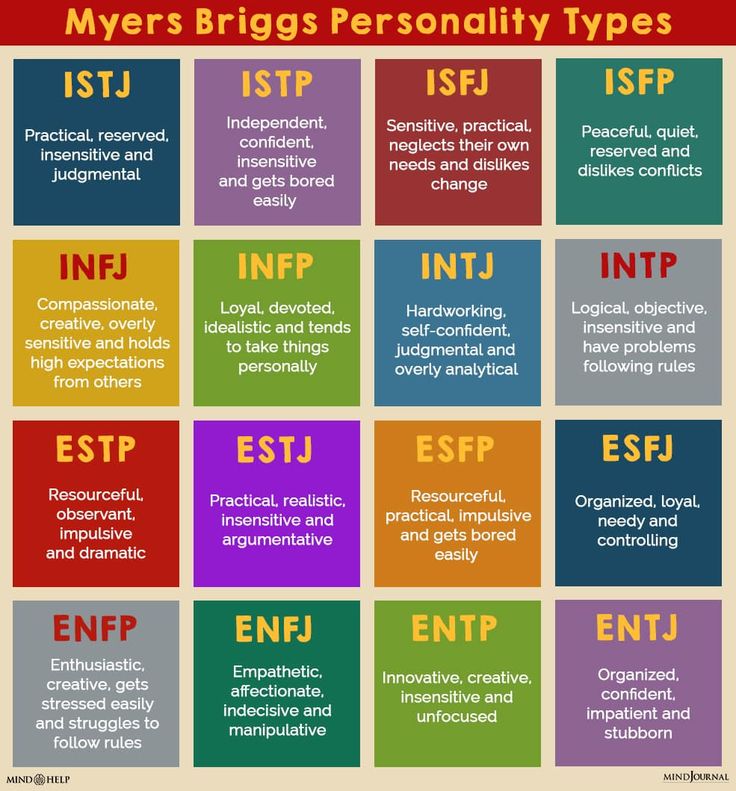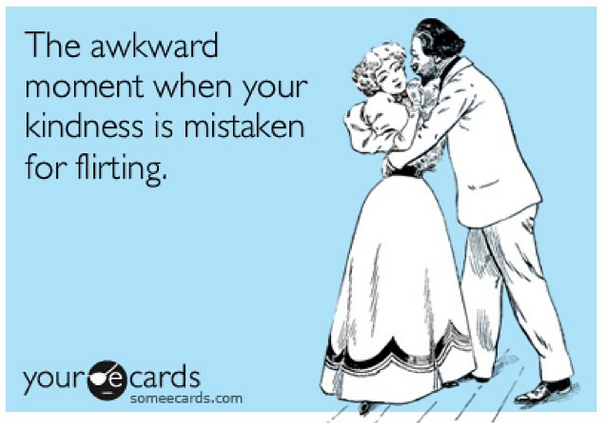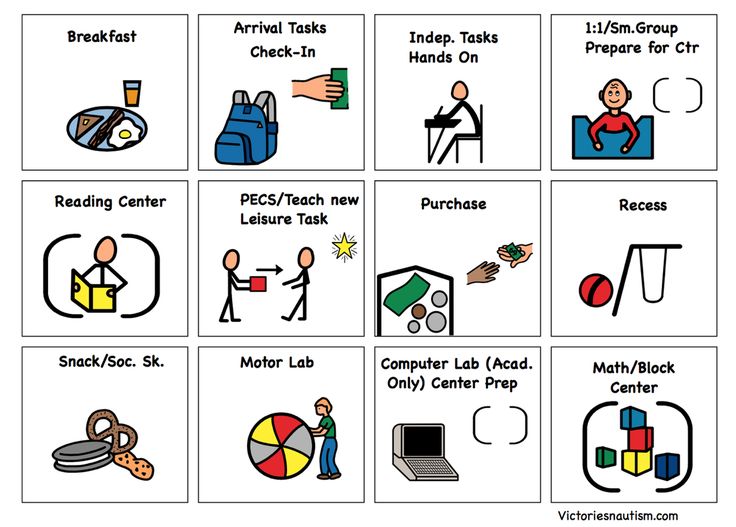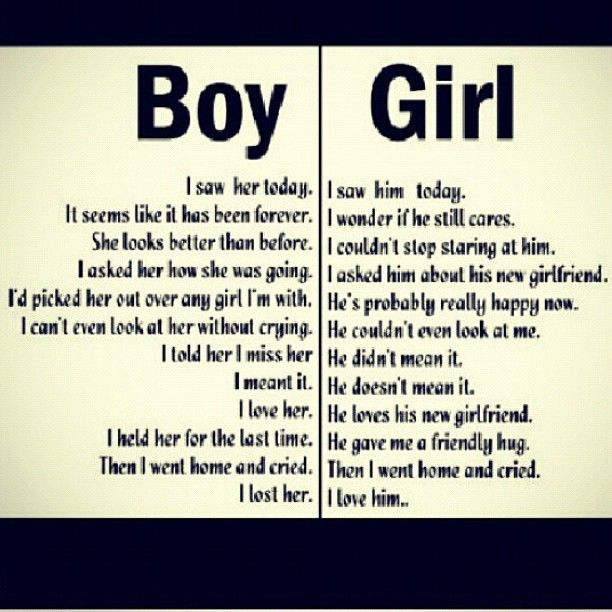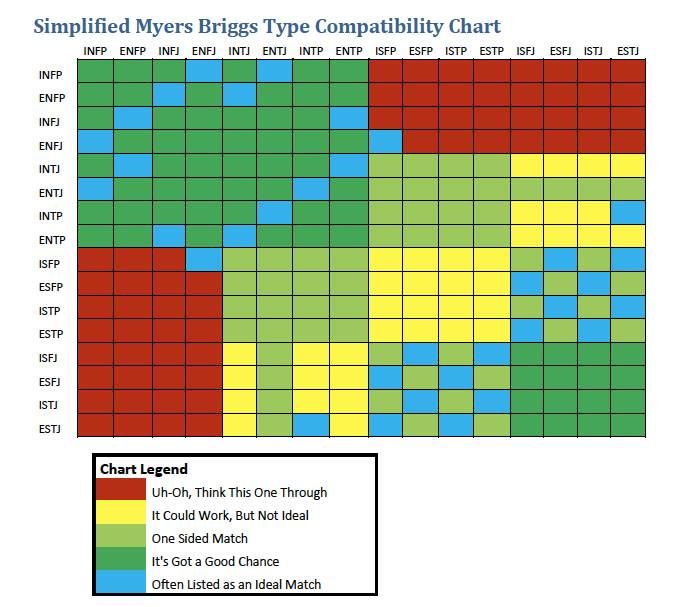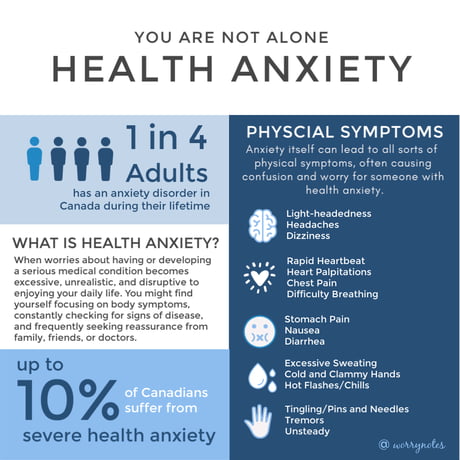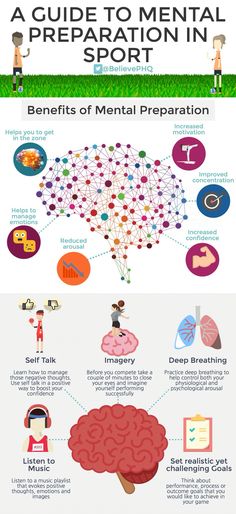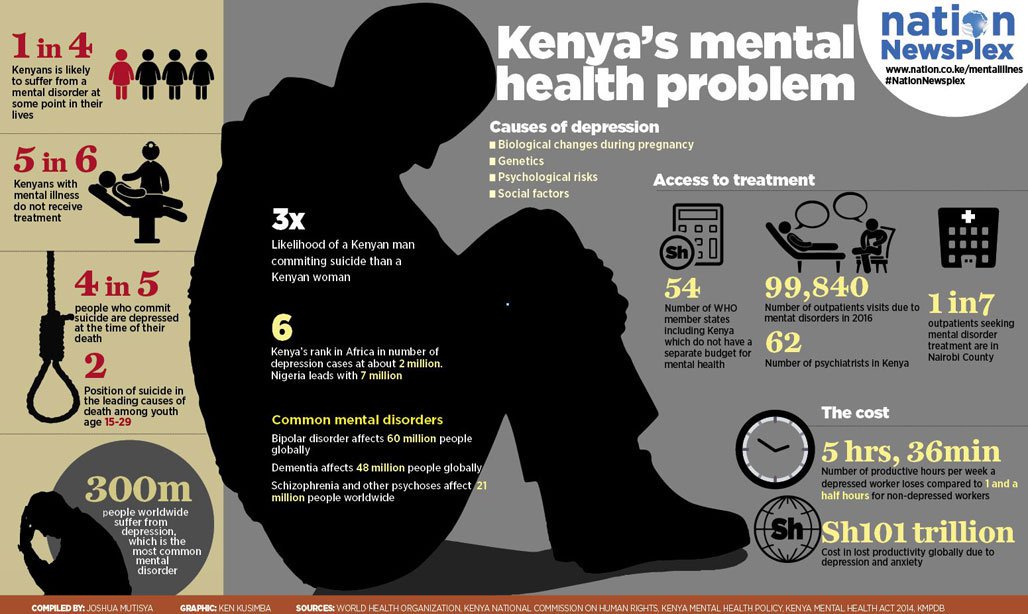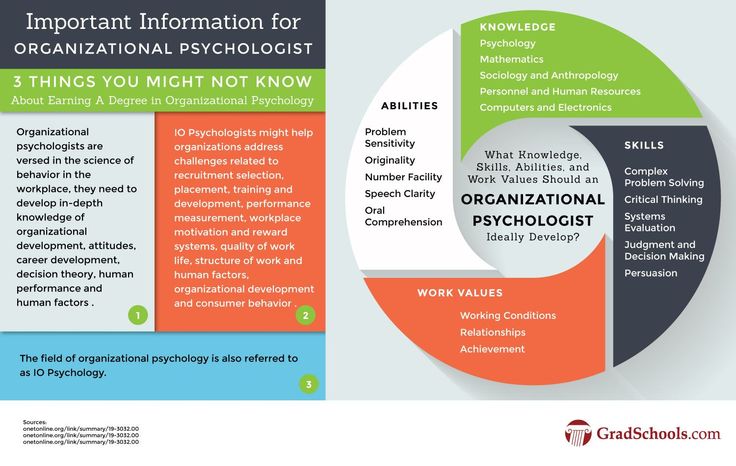Personality types are fake
Myers-Briggs Test Has Been Debunked Time and Again. Why Do Indian Companies Use It Still?
When Arpit* was interviewing at a start-up last year, he noticed an odd task in the interview process: taking the Myers-Briggs Type Indicator (MBTI), a personality assessment. “The founder was a strong believer of this test to deduce … what type of people I would work best with and to align the team members accordingly,” explains Arpit.
While the test results were not a “deal breaker,” the traits showcased in the results did unofficially influence the decisions made by management for the employee in the entire span of their employment.
Although the MBTI, which categorizes people into 16 personality types, has been widely debunked as having no scientific basis, it continues to be used extensively in professional settings today. Consulting firms like McKinsey famously use the test during the application process. The MBTI is currently a massive industry, reportedly making $20 million annually from public and private institutions, universities, charities, and even the military.
Why an unscientific measure like the MBTI continues to be so commonplace and seen as a legitimate filter of people’s abilities is not just a pertinent question, but also one that reflects deeper problems with the systems that use it.
One part of the puzzle comes from capitalism and the need to extract productivity out of someone for them to be valuable.
The link between the MBTI and its purported end goals of efficiency was first formed back in the 1940s. The assessment was developed by Katharine Cook Briggs and Isabel Briggs Myers – a mother and daughter duo – during the second world war to boost recruitment. Briggs Myers built on her mother’s work and decided to contribute to the war effort, matching women in the area to “suitable jobs” with the help of the type indicator.
The test is based on the idea that people are strictly born with a preference for either extroversion or introversion, intuition or sensing, thinking or feeling, and judging or perceiving.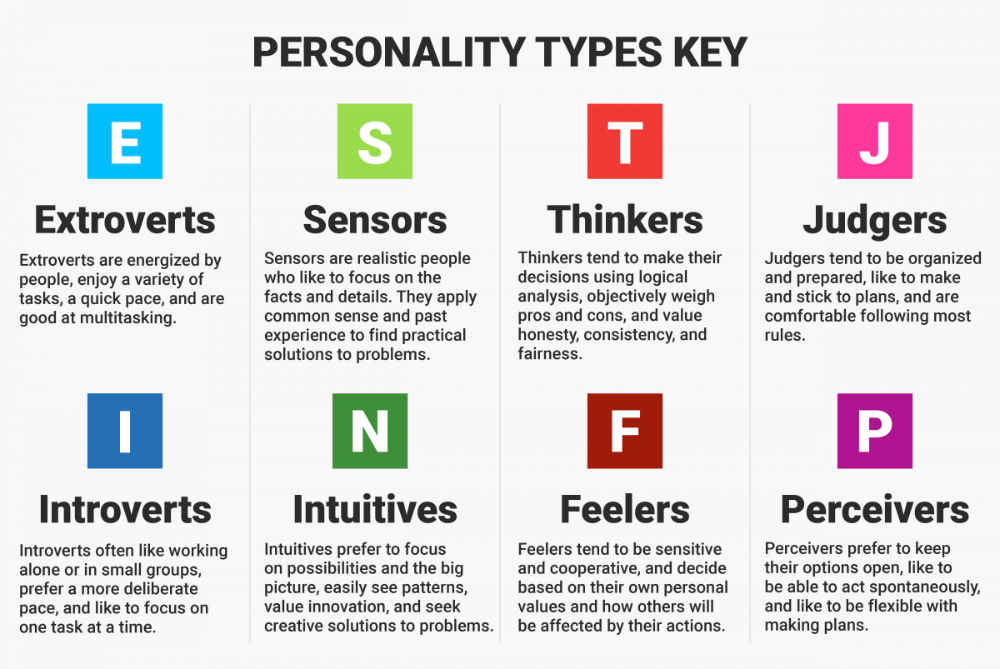 And various permutations of these four binary categories gave way to the 16 personality types the MBTI comprises today.
And various permutations of these four binary categories gave way to the 16 personality types the MBTI comprises today.
Arguably, MBTI is not alone in its quest of telling people who they are; the desire to “typecast” people is a cultural programming that dates back to the Hippocratic tradition. This cultural desire was amplified around the 20th century, with the influx of office workers after the industrial revolution, a time that coincided with the rise of personality tests. Slowly and surely, an impulsive work culture hastened the need to categorize people, typecasting them by virtue of binary traits.
Related on The Swaddle:
Why the Cult of ‘Doing What You Love’ Is Losing Steam
“Companies cannot deal with the volume of applicants and so they’re looking for ways to legally cull applicants,” says Tim Travers Hawkins, who directed a 2015 documentary on the dark side of personality testing through MBTIs Hawkins.
There is also an assumption of a cause and effect at play here: because people know who they were courtesy of a personality test, they would perhaps be more efficient in the workplace.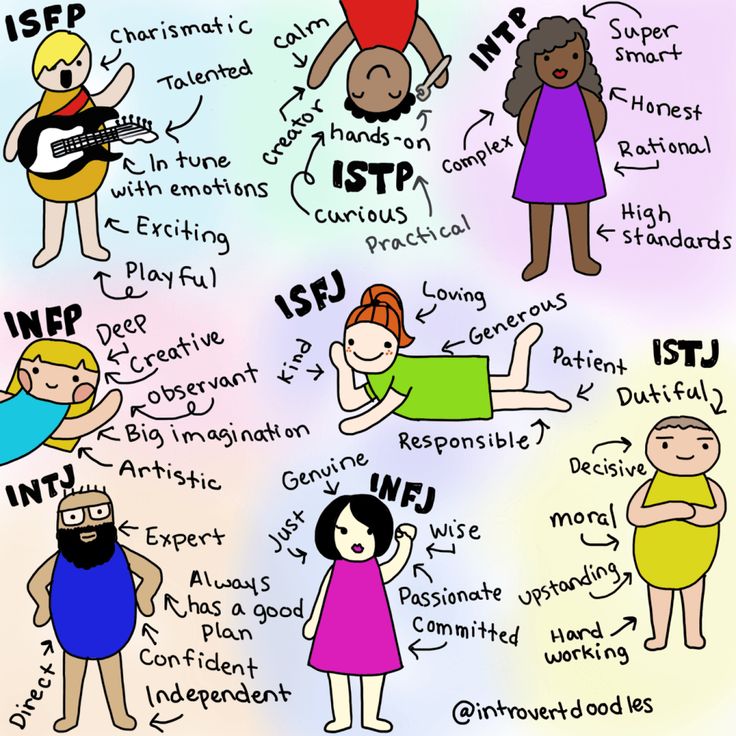
In corporate settings, “the type indicator emerges as this incredibly useful tool for convincing people that they are doing exactly what it is that they are meant to do — and that they should bind themselves to their work freely and gladly,” wrote Merve Emre in The Personality Brokers, a book about the history of assessments.
In 2017, a management consultant noted that people routinely discussed their scores during meetings at Bain & Company. He lists some examples: “‘I’m a strong E (extrovert) and so sometimes I need to leave the team room to really focus on work, otherwise I will get caught up inside conversations.’ These are usually not studied at length but rather used as a sort of jumping off point for teams to discuss team expectations and preferences.”
But for individuals in the workplace, the value of using the test goes deeper than simply understanding their working style. A lot of the test’s popularity “has to do with the idea that you need control over life, especially when life is already out of control,” explains Mathangi Krishnamurthy, an associate professor of anthropology at IIT Madras who has researched the history of work.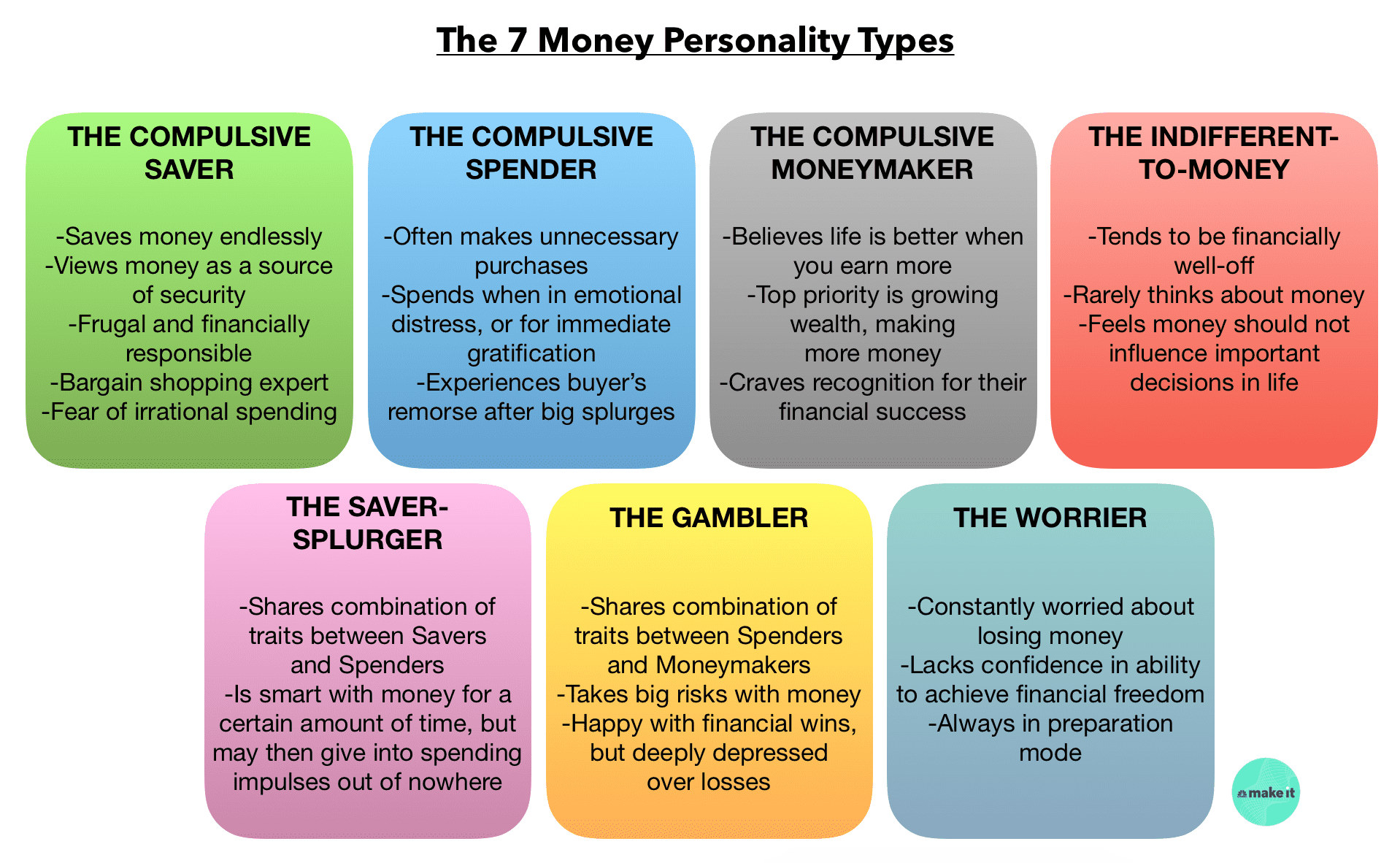
It gives people a way forward, almost acting as a guideline. Krishnamurthy likens the MBTI to the Oracle of Delphi; if it says it’s going to rain tomorrow, you will act accordingly. When Harleen Kaur, 21, took the test, she realized she was an INFJ, which meant she was suited to a career in writing or anything that involved less social interaction. She eventually grew fascinated with marketing and now works as a content writer. “The [result] was like an additional push to my career decision.”
This need for identity is also a result of globalization. Krishamurthy explains that “when you have large swaths of humanity increasingly trying to find work and livelihood in urban centers … there is a breakdown of other forms of identity, like community, religion, ethnicity.” People become part of this large, anonymous urban space where they could be anybody. “In that sense, identity becomes a new kind of marker…, and to fill in that identity becomes very important for people to ground themselves.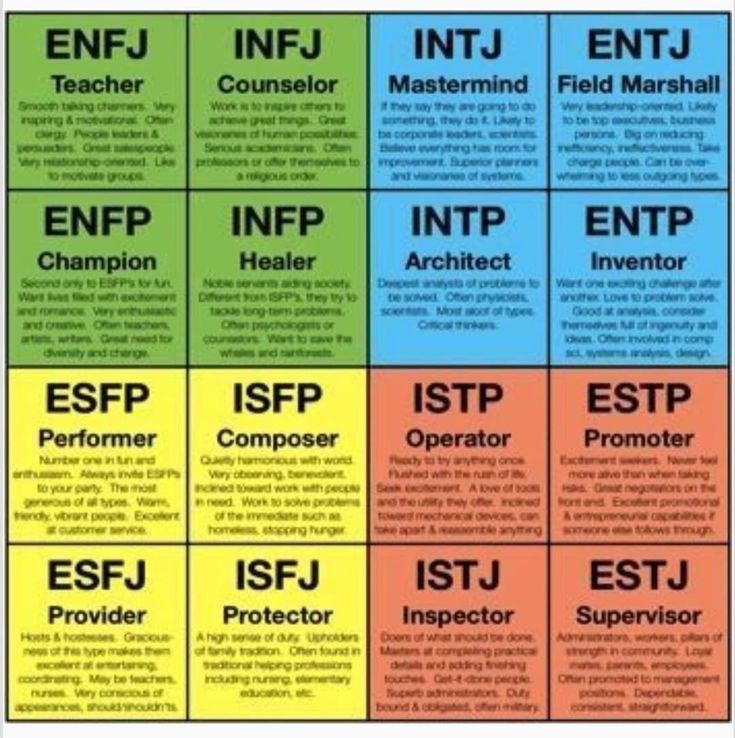 In this scenario, you’re constantly looking outside for somebody else to tell you who you are… A personality test is that slight bit of certainty that at least I know who I am.”
In this scenario, you’re constantly looking outside for somebody else to tell you who you are… A personality test is that slight bit of certainty that at least I know who I am.”
The test tells you not only who you are, but who you want to be. Zelam, 22, used “it to personally validate things I already felt about myself. It helped me navigate my career and live more authentically.”
However, despite the test’s benefits in individualistic use, anything that is monetized to such a degree warrants caution, especially when there is little science and evidence of productivity attached to it.
Related on The Swaddle:
Respectfully Disagree: Is Productivity Unhealthy?
On multiple occasions, organizations like the U.S. Educational Testing Service (that regulates the SATs), have concluded that the MBTI was “without psychometric merit.” Moreover, “there is scant evidence that MBTI results are useful in determining managerial effectiveness, helping to build teams, providing career counseling, enhancing insight into self or others, or any other of the myriad uses for which it is promoted,” noted writer Annie Murphy Paul.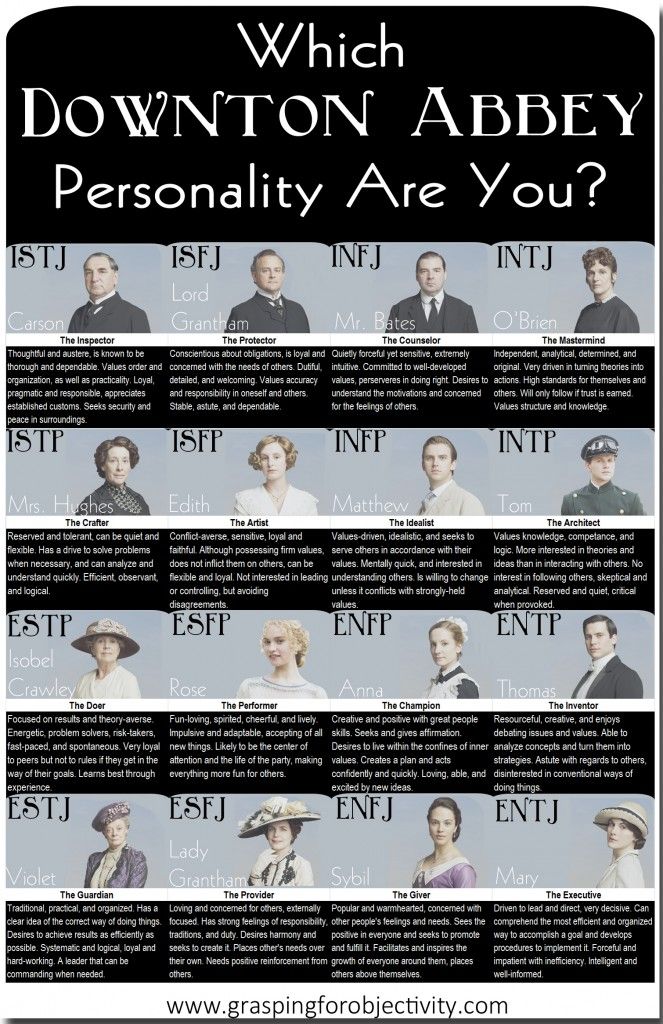
The test has also been critiqued for its inconsistent and incoherent results. According to data, more than half the people who take the test a second time tend to get a different result. For instance, when Meryl, 26, took the test multiple times, there were occasions where she apparently changed personality types “almost overnight.”
Further, Krishnamurthy notes how using the MBTI within the workplace is a “continuity of the cult of toxic positivity.” The focus is on transforming into some visible form of productivity, that negates the individual in favor of creating a worker that is self-aware, efficient and productive, and has little room for errors and emotions. People aren’t people but types, who are supposed to behave and act and emote in a certain way. Deliberately and nefariously, personality tests like MBTI become sites of manufacturing the perfect worker.
People become “products to be branded, maimed, marketed, and always shown in the best light with the best filters with a golden glow always on.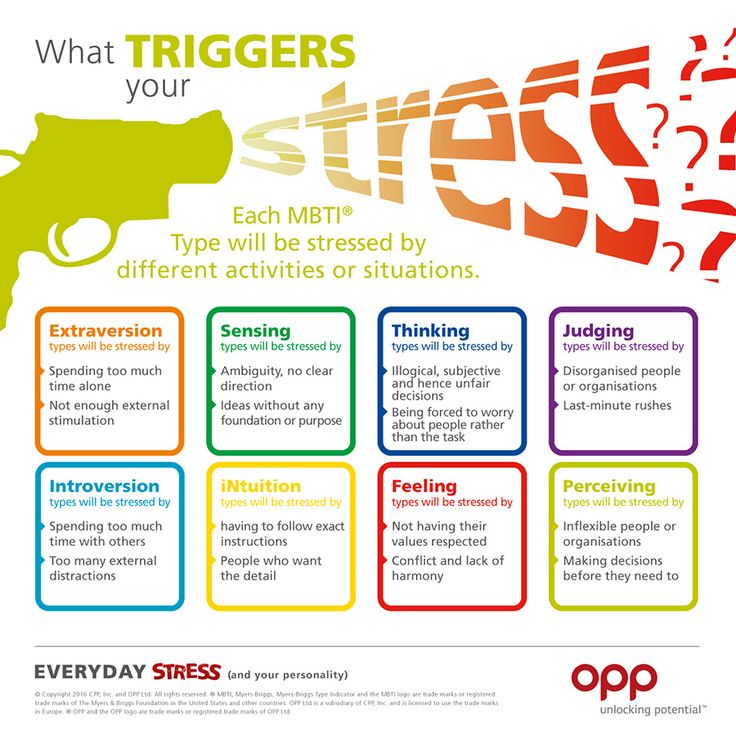 ” These products are then sold to companies and the world, with the human within erased. It catalyzes the process of binding the worker to their work identities, further separating people from intimately understanding who they are. Author Merve Emre, who The Personality Brokers, calls these tests “among the silliest, shallowest products of late capitalism.”
” These products are then sold to companies and the world, with the human within erased. It catalyzes the process of binding the worker to their work identities, further separating people from intimately understanding who they are. Author Merve Emre, who The Personality Brokers, calls these tests “among the silliest, shallowest products of late capitalism.”
Speaking to the Sorting Hat-like nature of these tests, Hawkins notes, “We’re often drawn to systems that seem to explain the world in a way that’s simple and seems to be neutral, but … all of these instruments have a past, and if you really delve into them, you can start to find out things about why they exist that might make you uncomfortable.”
Hawkins’ point is best illustrated when we look at the discrimination at play within the MBTI: the test was conceptualized keeping in mind a heteronormative, cis-gendered, patriarchal view of the world where people of certain ethnicities, gender, class, and abilities do certain things. When companies use the test as an instrument for hiring or making workplace decisions, this fissure has the potential to feed into existing workplace biases.
When companies use the test as an instrument for hiring or making workplace decisions, this fissure has the potential to feed into existing workplace biases.
Related on The Swaddle:
The MBTI Personality Typing Test Has No Basis In Sciencep; So Why Do We Keep Taking It?
Even if one surpasses the stage of hiring, the continued reliance on MBTI as a way to align people “efficiently” carries strong implications.
Israa Nasir, a corporate psychotherapist, explains the flip side of “measuring” personalities openly in the workplace, pointing out how it can become ‘labeling’ and can pit coworkers against each other.” And eventually, “these types of label-oriented measures in the workplace can create workplace bias in hiring and promotions.”
Malur remembers how, when he took the test for a multinational consulting company in the early 2000s, “the results of this psychometric tool weren’t confidential; all of us in the team discussed them, as most people discuss their food habits.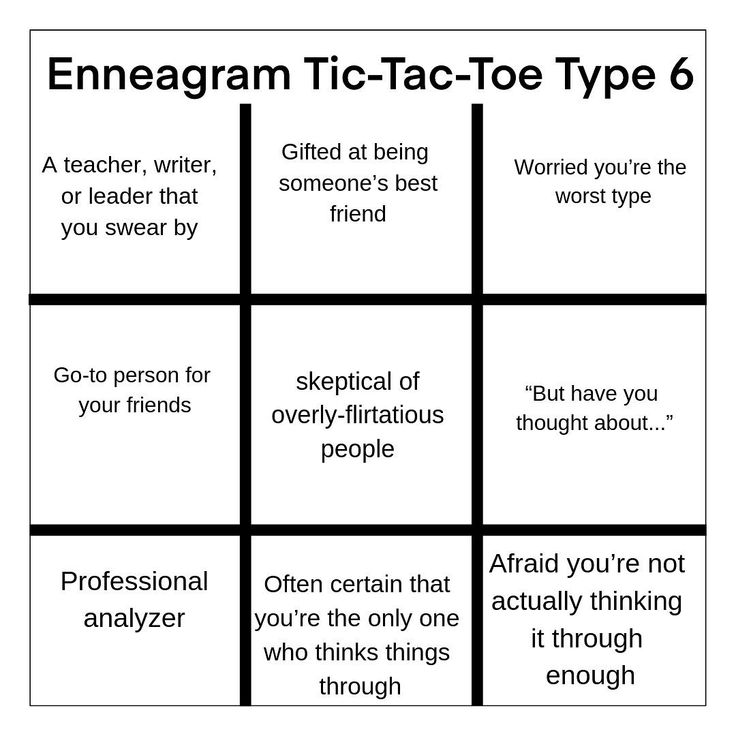 ”
”
Tests like the MBTI thus commodify personality traits for people to fit into the workforce, under the larger banner of finding ourselves – all while convincing people that it’s their idea.
The test can also impact people’s mental health, psychologist Namrata Khetan notes, when people start feeling the pressure to mask their true selves. “It may alter how they wish to project their true self, or make them conscious of how they appear/perform on these tests as the outcome may be tied to the work aspect of themselves,” she notes.
It makes it harder for people to ever ask who they really are beyond these binaries. “Categorical thinking by itself limits imagination, because categories are not set in stone. When companies use [tests like MBTI] to filter out people, you are really recklessly signaling that you need certain non-imaginative people to fill out your need for warm bodies in seats,” Krishnamurthy adds.
Munazzah, who is an introvert and categorized as an INFP by the MBTI, notes that “the sad part remains that the people at work always made me feel less than instead of understanding how they could actually make the work environment more inclusive to introverted people.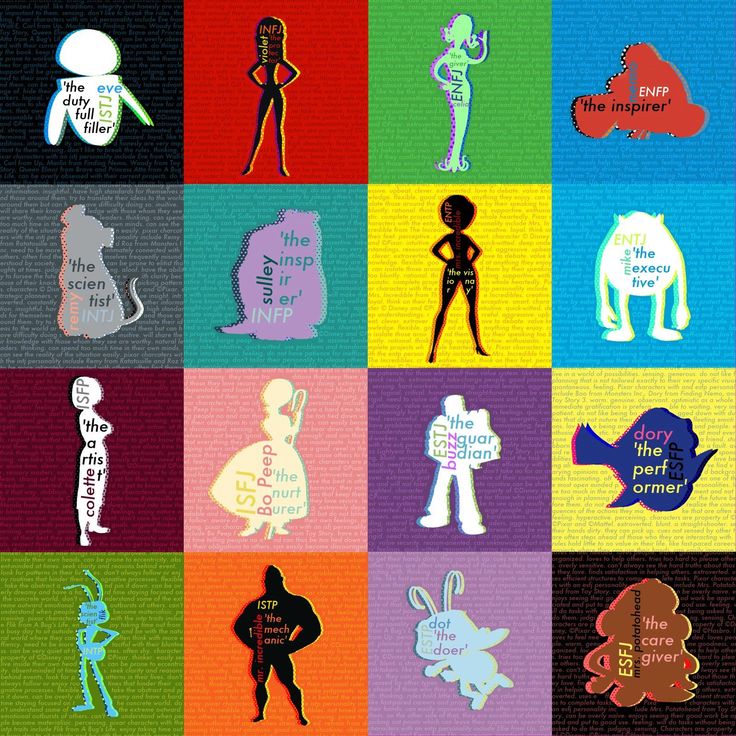 ”
”
In that sense, MBTI can actually limit the scope of what a person can, or cannot do, at the office, manufacturing artificial limitations along the way. Nasir adds that it can be very limiting to believe that the way they are is outside of their control. “We bring our personalities into work, because we spend time there and socialize there. I think the narrative of ‘I am X personality type, therefore better suited for this work than other people is limiting, and can be damaging. At its worst, it can create helplessness or a lack of accountability.”
With postmodernism, the crisis of finding oneself fell on the self and people stopped looking for meaning in relation to one another – to a community. “Am I special? When am I going to be discovered?” These questions work to further alienate the person, further weakening a resistance and pushing people into a culture of conformity.
“As a culture, all these tools point to a tendency of remarkable ahistoricity and speak to an intellectual laziness,” says Krishnamurthy.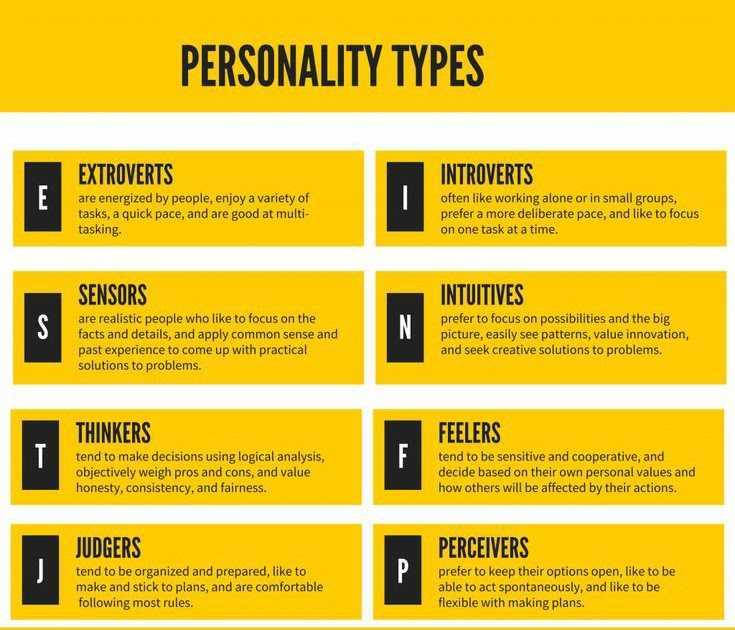
If people were to stop and ask, they may realize a radical truth that could undo much of what they know and understand: that this relentless focus on the “self” brought may itself be the problem, preventing us from questioning the way the world functions.
“The continued use of personality tests doesn’t allow us the flexibility to think that maybe I don’t know who I am, and it’s okay. Maybe all that matters is to keep finding out,” says Munazzah.
Eventually, she realized that, “The bottom line was that this whole thing is not to be understood as gospel truth and that we all fit somewhere on a spectrum.”
Krishnamurthy agrees with Munazzah. He believes that the role of MBTI cannot be measured in a binary itself. “The question of it being good or bad is a flawed one. We have to think culturally how to locate a test in the larger sort of jigsaw puzzle that is contemporary life, and what one can learn from a personality test and how it works for people.”
*Name changed to protect anonymity.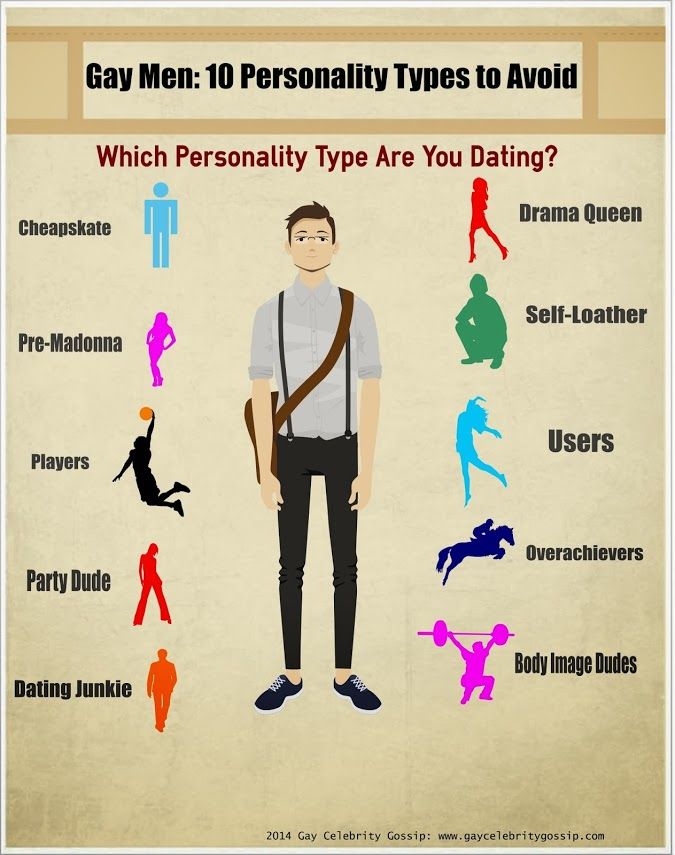
In Defense of the Myers-Briggs
The next time someone tells you that the Myers-Briggs is debunked, ask them for a citation. The truth is that the Myers-Briggs Type Indicator (MBTI) is no less valid or reliable than other personality tests. Nonetheless, rumors persist that the test is wholly unreliable and is not based on research.
Unfortunately, the propagation of such falsehoods is particularly rampant among my fellow academics. As a personality researcher, whose work focuses on Jungian type theory (the foundation on the MBTI), I have encountered my fair share of skepticism and good-tempered ribbing from other researchers. One of my colleagues (an INTJ) pokes his head into my office at least once a week to ask me how my “astrology research” is going. Of course, I have to forgive him, since it is in an INTJ’s nature to be dubious.
It has been difficult to locate where or how skepticism around the MBTI began. One article I often see cited as rendering the test “totally meaningless” is a 2005 article by David Pittenger in Consulting Psychology, titled “Cautionary Comments Regarding the Myers-Briggs Type Indicator.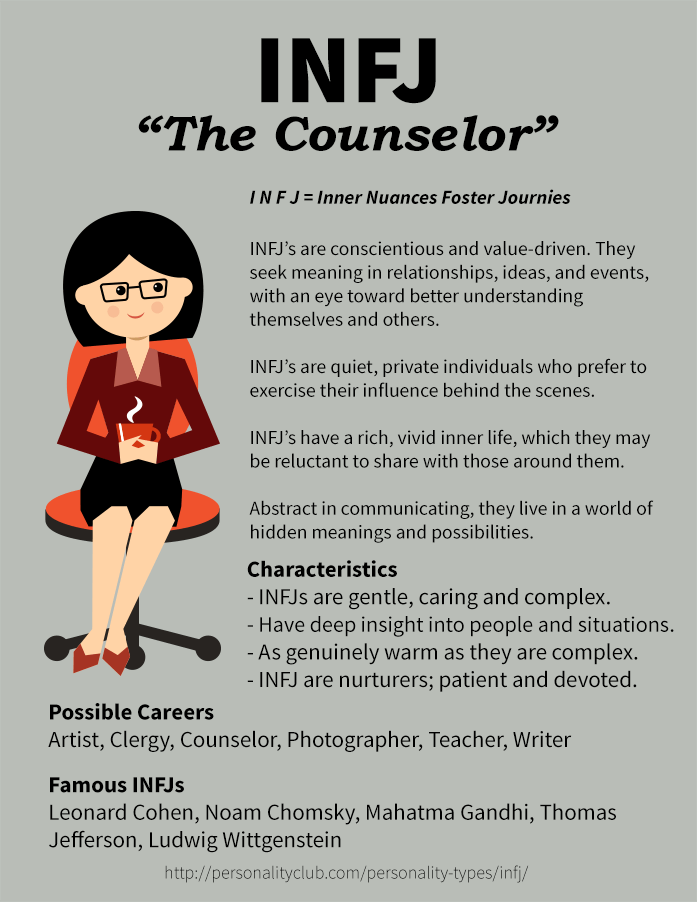 ” The article’s stated focus is on evaluating the MBTI’s usefulness in corporate settings. In his abstract, Pittenger writes: “The present article evaluates several of the psychometric limitations and criticism of the MBTI that warrant considerable caution…” Although, by my reading, the article offers scant evidence to merit such a pandemic level of caution.
” The article’s stated focus is on evaluating the MBTI’s usefulness in corporate settings. In his abstract, Pittenger writes: “The present article evaluates several of the psychometric limitations and criticism of the MBTI that warrant considerable caution…” Although, by my reading, the article offers scant evidence to merit such a pandemic level of caution.
The article begins by retreading unresolved disputes over forced-choice psychometrics and type versus trait personality theory. However, most of Pittenger’s argument hinges on reports of (so-called) “poor” test-retest reliability in past MBTI research. He cites four studies that “suggest that the reliability of the MBTI does not meet expectations derived from its theory." All four studies were completed between 1962 and 1979. Pittenger only includes data from the most recent report by Howes and Carskadon (1979).
He summarized part of their results: “when the initial score was within the intermediate range, 32% of the EI, 25% of the SN, 29% of the TF, and 30% of the JP labels shifted on the second testing” (emphasis added).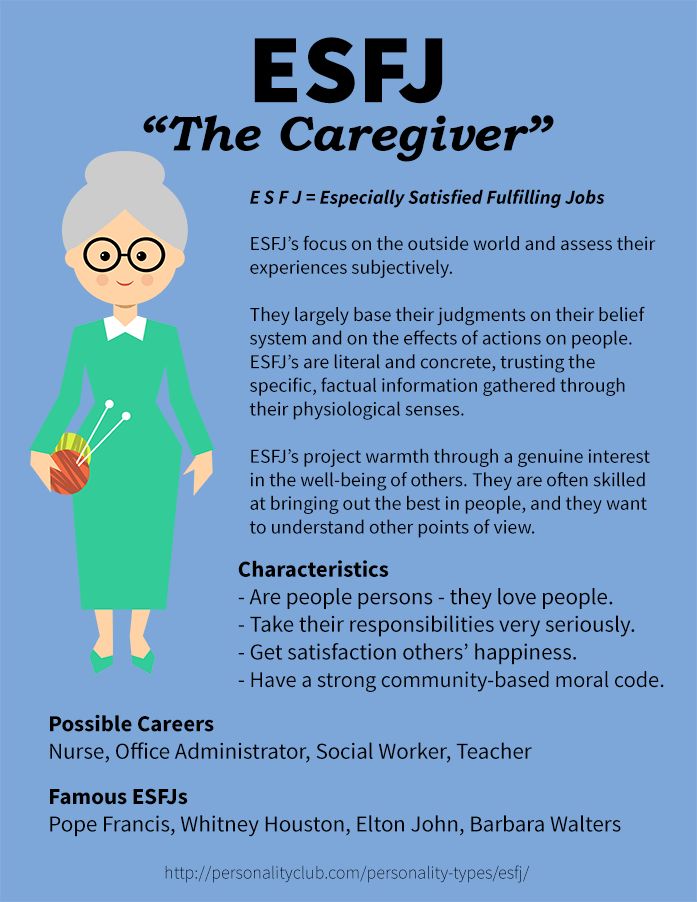 In other words, if individuals scored close to the midpoint between two types (extravert and introvert, e.g.) on their first testing, they were still less likely to test as a different type and more likely (68 to 75%) to test as the same type one month later. Pittenger does not report the retest reliability of those that initially scored at the moderate or extreme ends of each type, which one might expect to be even more consistent.
In other words, if individuals scored close to the midpoint between two types (extravert and introvert, e.g.) on their first testing, they were still less likely to test as a different type and more likely (68 to 75%) to test as the same type one month later. Pittenger does not report the retest reliability of those that initially scored at the moderate or extreme ends of each type, which one might expect to be even more consistent.
To his credit, Pittenger does cite more recent research (Salter, Evans, & Forney, 1997) and a meta-analysis (Capraro & Capraro, 2002) that have found that the MBTI does indeed have strong test-retest reliability. In the end, Pittenger concedes that “conclusions regarding the superiority of either the MBTI or other instruments are, at present, premature."
But criticism of the MBTI did not begin in 2005. When the test was first published in 1943, and despite years of research and testing by Isabel Myers and her mother Katherine Briggs, their work was rejected out-of-hand by an academic community that was unwilling to take seriously the work of two women without graduate degrees.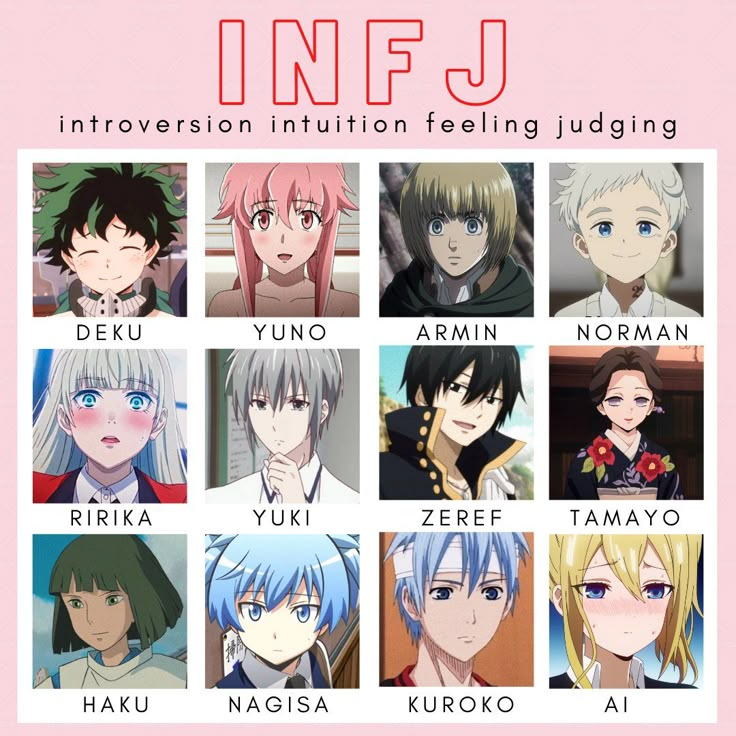 In the opening to Meyers’ book, Gifts Differing, her son, Peter Myers, describes the opposition that the MBTI faced at its inception; he writes “when, in 1943, they [Myers and Briggs] produced the first set of questions destined to become the MBTI, they came face-to-face with a double-barreled opposition from the academic community. In the first place, neither was a psychologist, neither had an advanced degree… and the academic community had little use… for a self-report questionnaire purporting to identify Jungian type created by two unknown women who were ‘obviously totally unqualified’” (Myers, 1980).
In the opening to Meyers’ book, Gifts Differing, her son, Peter Myers, describes the opposition that the MBTI faced at its inception; he writes “when, in 1943, they [Myers and Briggs] produced the first set of questions destined to become the MBTI, they came face-to-face with a double-barreled opposition from the academic community. In the first place, neither was a psychologist, neither had an advanced degree… and the academic community had little use… for a self-report questionnaire purporting to identify Jungian type created by two unknown women who were ‘obviously totally unqualified’” (Myers, 1980).
Was it this initial bias that forever tainted the Myers-Briggs in the eyes of academics?
Katherine Briggs and her daughter, Isabel Myers
Source: Wikimedia
Keep in mind that while Myers didn’t have an advanced degree (a rarity for any woman in the 1940s, to be sure), she had been mentored by Edward N. Hay in test construction, scoring, validation, and statistics.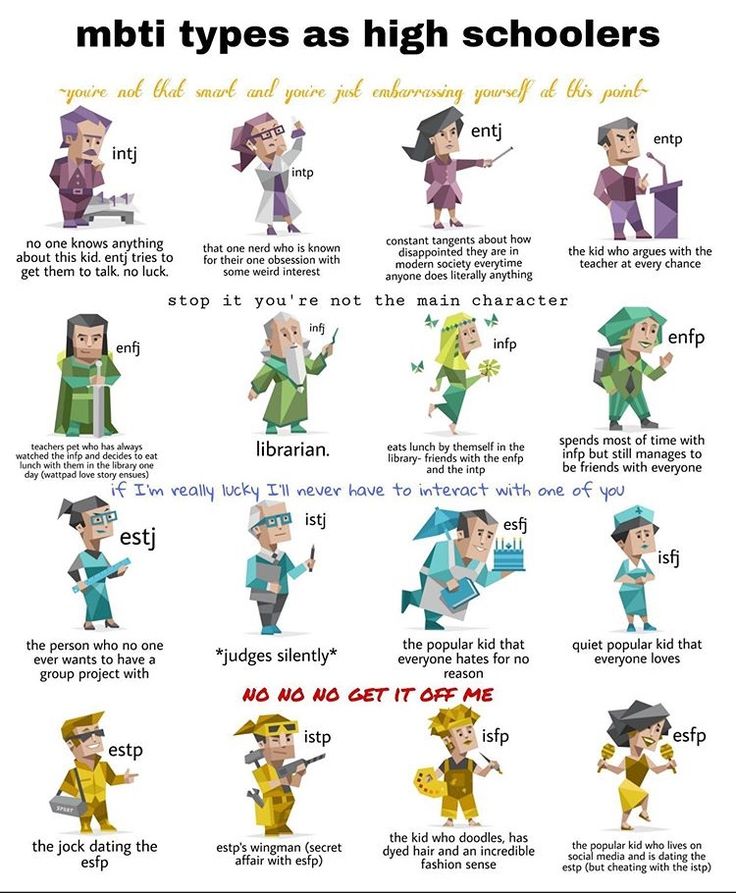 She went on to conduct research at the University of Pennsylvania, Cal Tech, and other institutions to refine the Indicator. In 1962, when the first MBTI manual was published, the Indicator was backed by the Educational Testing Service and had the support of Donald MacKinnon, head of the Institute of Personality and Social Research at UC-Berkley; Harold Grant, professor at Michigan State and Auburn universities; and Mary McCaulley at the University of Florida, among others. Myers spent the next 20 years deepening her understanding of the effects of type on the lives of people and refining the Type Indicator through quantitative and qualitative study.
She went on to conduct research at the University of Pennsylvania, Cal Tech, and other institutions to refine the Indicator. In 1962, when the first MBTI manual was published, the Indicator was backed by the Educational Testing Service and had the support of Donald MacKinnon, head of the Institute of Personality and Social Research at UC-Berkley; Harold Grant, professor at Michigan State and Auburn universities; and Mary McCaulley at the University of Florida, among others. Myers spent the next 20 years deepening her understanding of the effects of type on the lives of people and refining the Type Indicator through quantitative and qualitative study.
The research that Myers and her colleagues conducted in those early years was primarily interested in what kind of profession was best suited to each type. Indeed, one of the main goals in developing the MBTI was to help 1940s to 50s women, many of whom had never had a career, find satisfactory employment during the Second World War.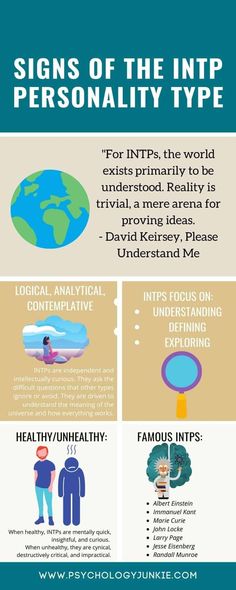
A common misunderstanding of the MBTI is that it predicts job performance. It does not. However, personality type does seem to have a significant association with school and career preference and satisfaction. From myersbriggs.org: “Personality type is a practical tool for… recognizing work that satisfies your preferences. Knowing your MBTI type may, for example, prove helpful in deciding what specific areas of law, medicine, education, or business a person prefers” (/personality-and-careers).
As early as the 1960s, Myers had begun to identify which types were more likely to go on to college, be awarded merit scholarships, and have certain careers or college majors. For example, some of the early research by Myers and her colleagues noted that law students were more than three times (3x) more likely to be Thinking (T) types than Feeling (F) types; police officers were nearly four times (4x) more likely to be Sensing (S) types than iNtuitive (N) types; school administrators were more than six times (6x) more likely to be Judging (J) types than Perceiving (P) types; and Rhodes Scholars were more than thirteen times (13x) more likely to be iNtuitive (N) types than Sensing (S) types.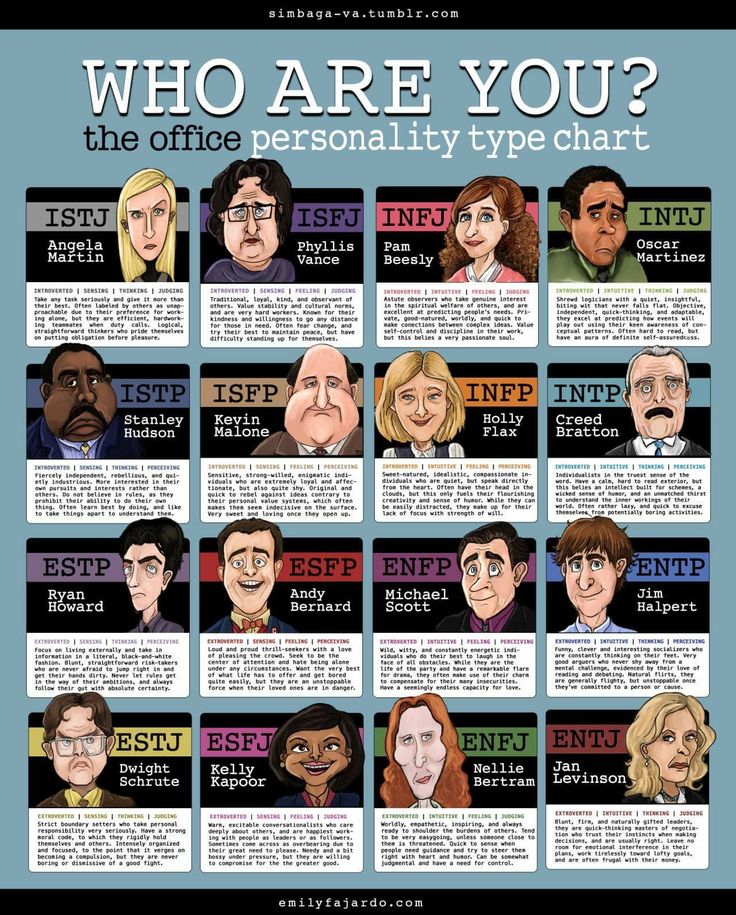 These are just a few examples of findings from the first 20 years of research by Myers and others.
These are just a few examples of findings from the first 20 years of research by Myers and others.
In 1975 Myers (along with clinical psychologist and University of Florida professor Mary McCaulley) founded the Center for Application of Psychological Type (CAPT). CAPT’s mission is stated as “Fostering human understanding through, training, publishing, and research.” They support research and teaching on Jungian type theory (including the MBTI) through conferences, training, and scholarships. In 1977, CAPT began publishing the Journal of Psychological Type, which, to date, has published over five-hundred articles related to type theory. Isabel Myers was clearly and demonstrably a woman who valued research and used it to develop and refine the MBTI.
Research on the accuracy of the test itself, updated versions of the test, and research on type associations has continued even after Myers’ death in 1980. Since 1943, the MBTI has been updated several times for methodological improvements and ease of use.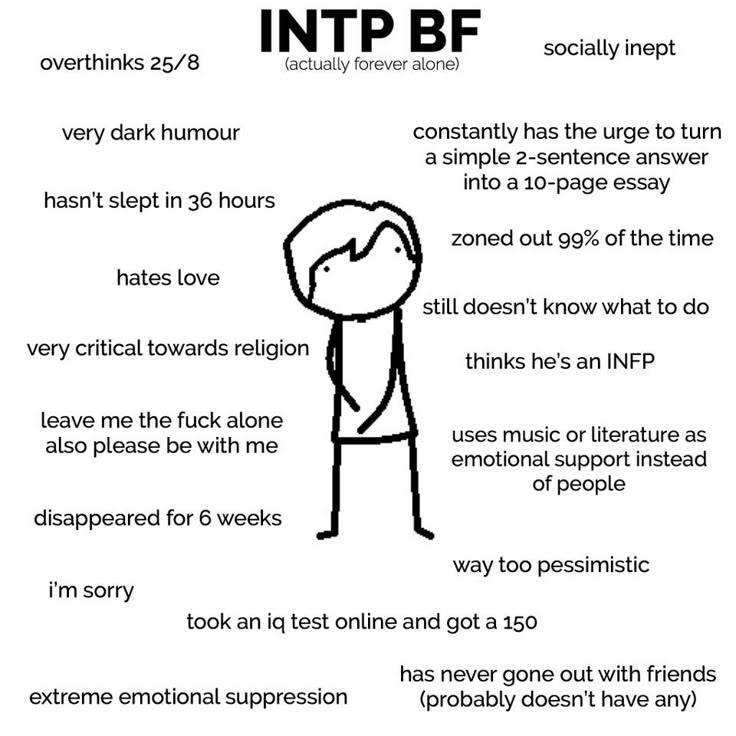 The online version of the MBTI was updated as recently as 2019. The MBTI has also been successfully adapted and translated into versions for global audiences and non-English speakers. These versions also report good reliability, validity, and factor structure for their given populations.
The online version of the MBTI was updated as recently as 2019. The MBTI has also been successfully adapted and translated into versions for global audiences and non-English speakers. These versions also report good reliability, validity, and factor structure for their given populations.
Other researchers also continue to use type tests and theory in their work. For example, Dario Nardi’s research at UCLA suggests that there may be a neurological basis for type. His work suggests that individuals have preferred neural networks that form the basis of their cognitive, emotional, and behavioral patterns, which distinguishes their personality type. My own research with graduate student Dakota Jackson has found evidence of associations between type and self-efficacy, attachment style, and some clinical symptomologies. Some artificial intelligence researchers are even looking to type theory as the basis for artificial personality styles (Meerbeek, 2016; Neubauer, 2003).
The culmination of these (and hundreds of other) published studies presents a robust defense against claims the MBTI and other type tests are invalid or unreliable.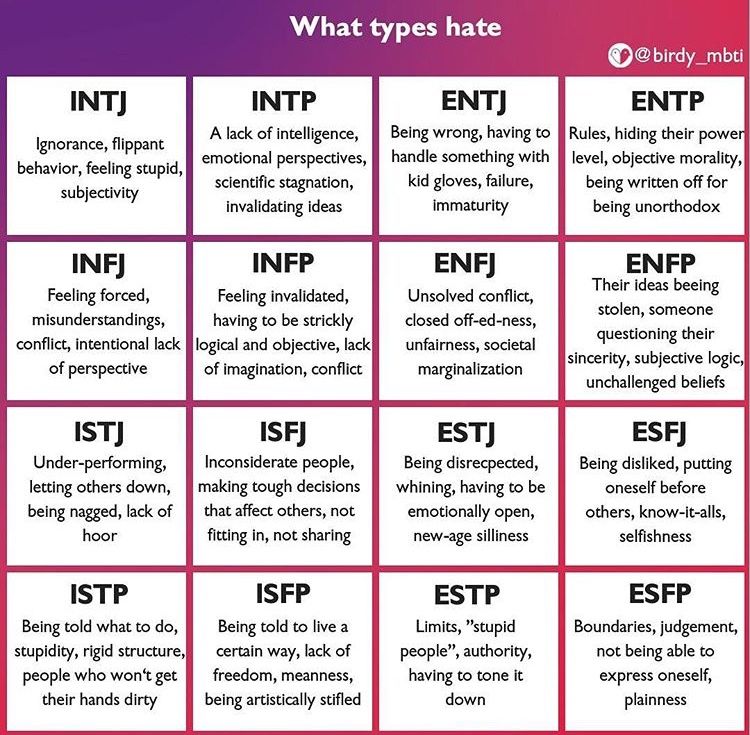 In my view, this puts the Indicator on par with the well-respected Big Five. But what sets the MBTI apart is its foundation in psychological theory and clinical practice.
In my view, this puts the Indicator on par with the well-respected Big Five. But what sets the MBTI apart is its foundation in psychological theory and clinical practice.
Carl Jung used his clinical observations and unquestioned brilliance to conceive of eight types (today referred to as “cognitive functions”). Jung published his type theory in Psychological Types – first translated into English in 1923. It was from this book and Jung’s theory that Katherine Briggs formed and Isabel Myers’ refined their Type Indicator. Scientific-best-practice puts theory ahead of testing; because data obtained without an established theoretical framework is easily interpreted with bias. Eyesnck (1992) had this to say about the Big Five’s lack of a theoretical basis: “I am suggesting that in the absence of a nomological network, and lacking any theoretical underpinning, the [Big Five] interpretation is subjective, contestable, and hence unscientific." This is not a criticism that can be levied against the MBTI given its deep theoretical roots.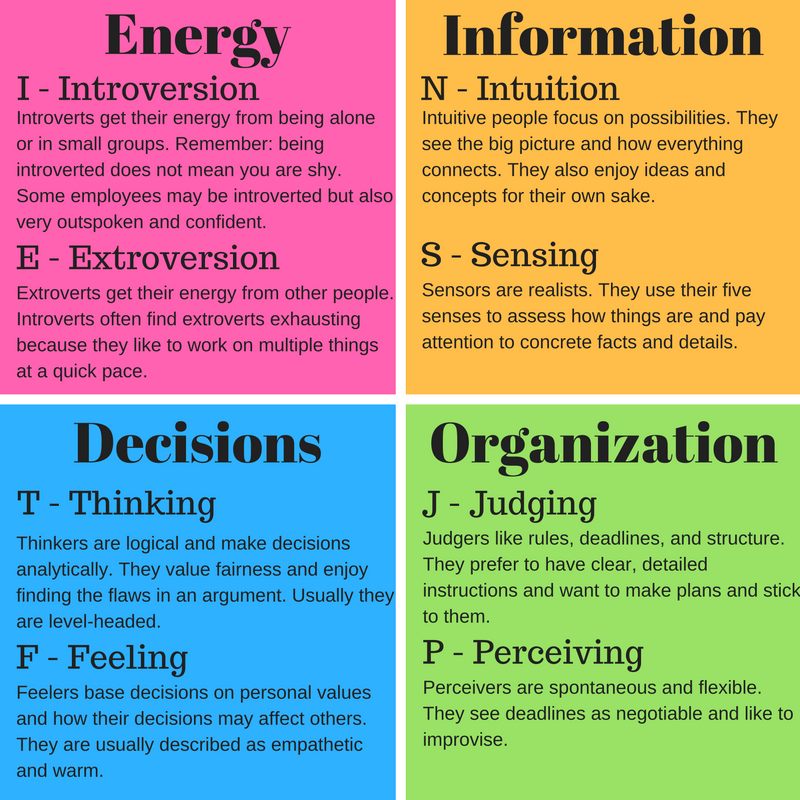
Lastly, I think it’s important to recognize the widespread use and popularity of Myers-Briggs-like tests, and the connection that people have with their type. This is not an entirely scientific argument, to be sure, but I would suggest that any test claiming to describe a person’s personality should be recognizable to that person or anyone else who knows them well enough. This is the experience that many people have when they finally come upon their type. They recognize themselves – the good and the bad parts. And there’s some validity in that too.
What is catfishing: signs and information
Catfishing is when a person uses information and images, usually from other people, and uses them to create a new identity. In some cases, for a fake profile, the attacker steals complete information about another person, including their appearance, date of birth, and geographic location, and pretends that this is their identity. The attacker then uses this identity to force other people to communicate with them or conduct business online.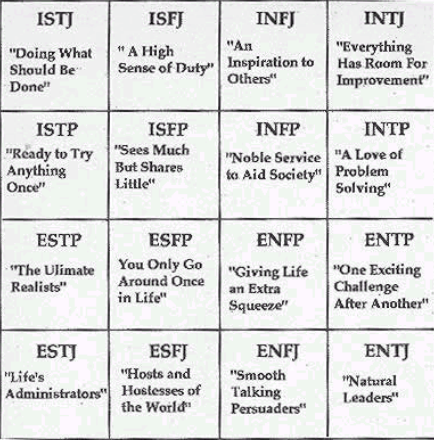
In some cases, one person becomes the target of such an attack. In such cases, the fake character may develop a personality that he thinks will be attractive to his target. The use of fake accounts has long been common on online forums and websites. Since an attacker can hide any or all of their true identity without being subjected to unnecessary checks, people often fake certain aspects of their profile in order to lure their victims. For this, a profile picture stolen from someone is often used to appear more attractive.
Catfishing also often includes the falsification of professions, locations, likes and dislikes. When someone fakes only a few or relatively minor elements of their personality, this is called kittenfishing (kitten fishing).
Why is it called "catfishing"?
The practice of creating fake social media accounts has been around for years, simply because it's so easy to fake your identity online. The term "Catfish" became popular after the release of a documentary film of the same name in 2010 (Russian translation "How I was friends on a social network").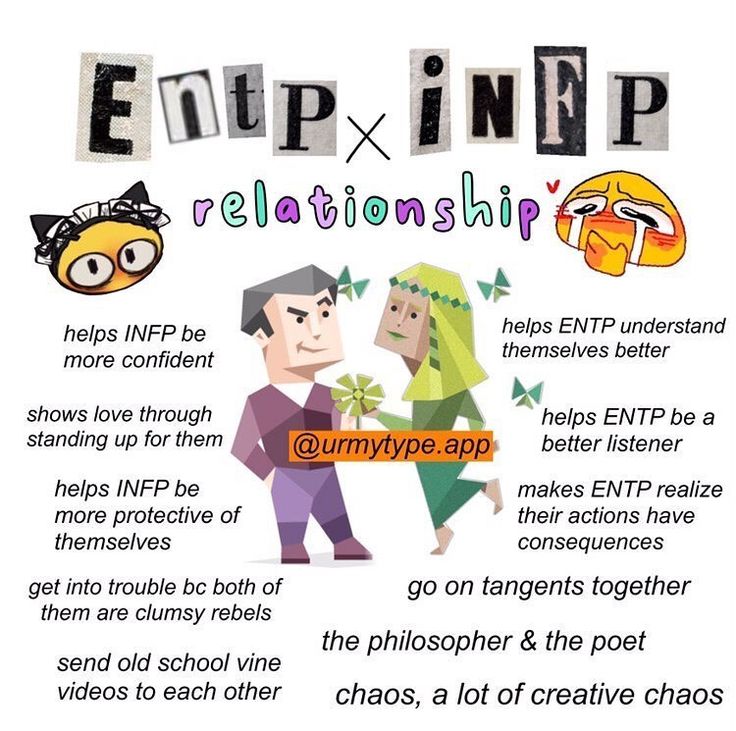 Following this, MTV launched a television series in 2012 called "Catfish".
Following this, MTV launched a television series in 2012 called "Catfish".
Internet harassment involves repeated attempts to shame, humiliate or harm someone using Internet resources. Thus, catfishing is a form of internet bullying because the subject is endangered as the owner of the fake profile plays with his mind.
In addition, catfishing often involves luring people into artificial relationships in order to obtain information that the attacker can use against the victim. Once they have enough information to embarrass the subject or try to destroy its reputation, they disclose the information given to them in confidence.
Catfishing and cyberbullying cyberbullies have a habit of using their victims' emotions against them. This is often accomplished by bringing out a physical trait, an aspect of their personal history, or something that makes the person feel down, scared, or sad. The attacker then uses this knowledge against their victim. Virtual scammers also typically target people who are single or in need of a romantic relationship, whether online or in person.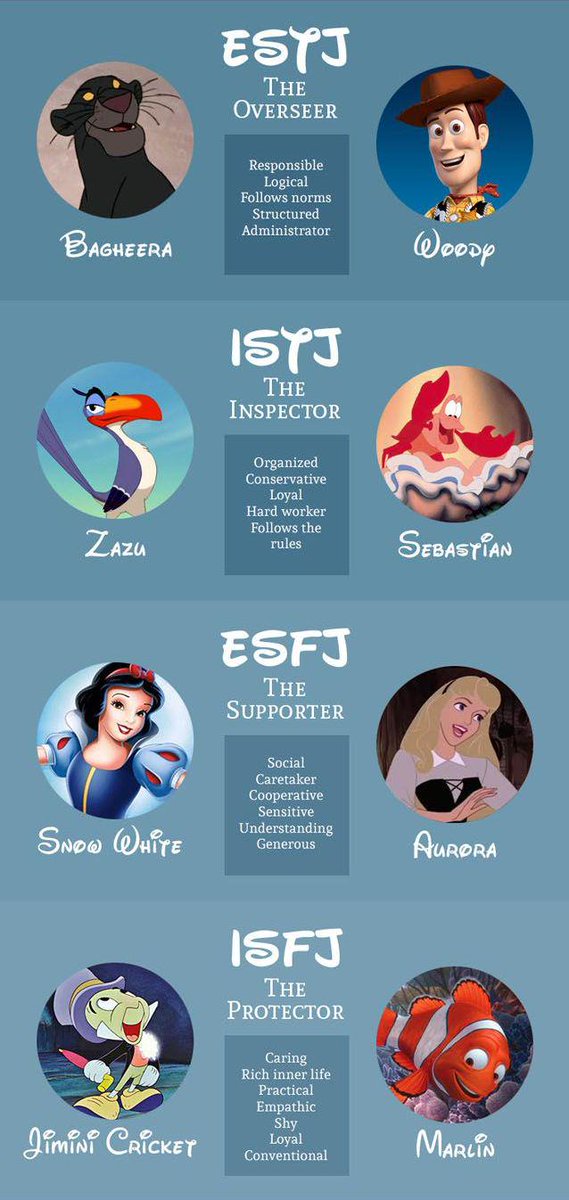 Abuse of these vulnerabilities moves catphishing into the category of Internet bullying.
Abuse of these vulnerabilities moves catphishing into the category of Internet bullying.
People do this for a variety of reasons. Some of them do not involve malicious intent, while others directly seek to harm specific people. Some of the main reasons for catfishing include:
- Uncertainty: If a catfisher feels bad about who they are in real life, they may try to create a personality that is more in line with who they would like to be. be. This often includes using photographs of a person they think looks better than them. Such people may also pretend to have a successful career to get a feel for what it's like to be admired for your "accomplishments". Catfishers who use good looks may also try to make many "friends" and gain attention online in order to feel more popular.
- Hiding your identity : There are several reasons why people want to hide their identity online. When no one knows who you are, it's easier to troll people on discussion boards without fear of repercussions.
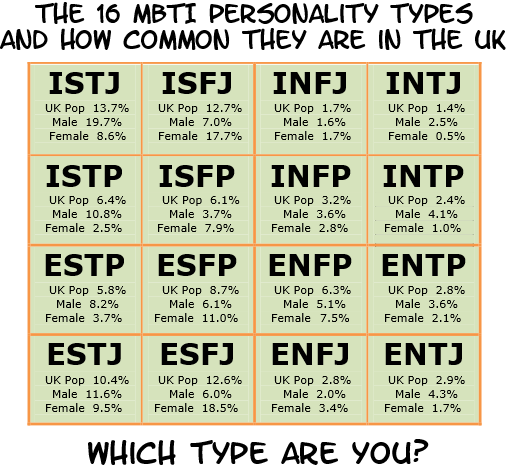 Some people intend to cheat on their spouse or significant other and believe that the best way to avoid punishment is to fake their identity. In other cases, a person hides their identity in order to extort money from someone. If a person sees through the scam, he will not be able to tell the authorities who attacked him, due to the fake identity of the scammer.
Some people intend to cheat on their spouse or significant other and believe that the best way to avoid punishment is to fake their identity. In other cases, a person hides their identity in order to extort money from someone. If a person sees through the scam, he will not be able to tell the authorities who attacked him, due to the fake identity of the scammer. - Psychiatric disorders : In some cases, people suffering from depression or chronic anxiety may decide to engage in catfishing. By assuming the identity of another person, they gain the self-confidence they need to connect with other people and live what they perceive to be a more “normal” life online. By presenting themselves as more attractive, successful, or outgoing, they boost their self-esteem when they interact with other people online.
- Revenge : Some catfishers seek revenge on the person they claim to be. They use a person's name and face and create their online identity. They then say or do something online that makes the person look bad, or even engage in illegal activities on behalf of the victim.
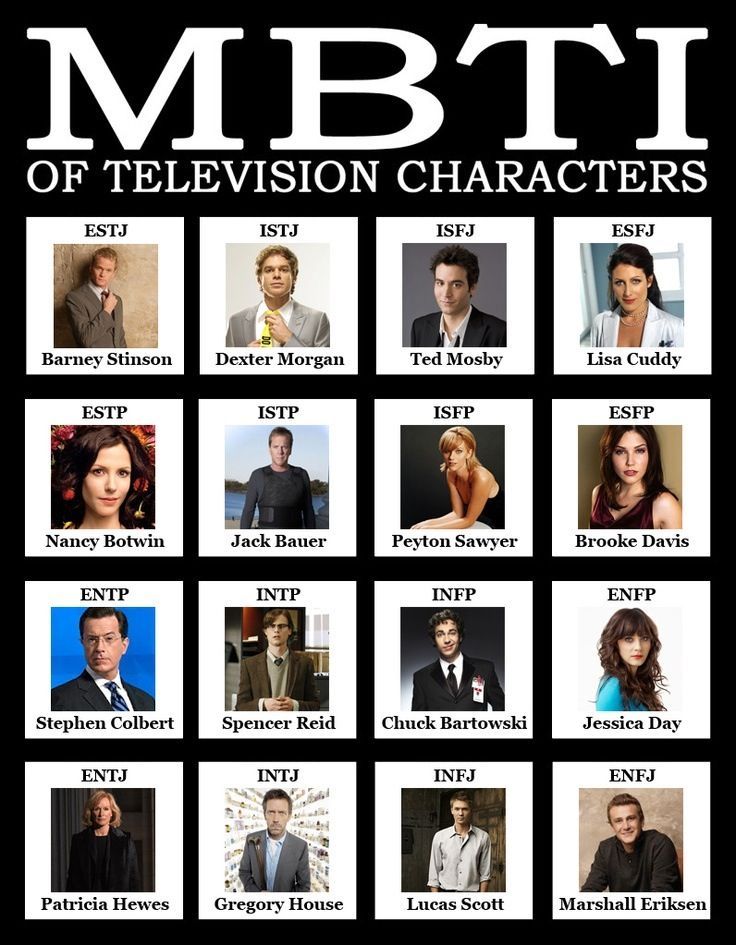
- Sexual preference experiments : Some catfishers use this practice to explore their sexual identity. They take on sexual preferences of interest online using an identity other than their own. Entering into social interactions under this guise, they get an idea of what it is like to live this lifestyle on a permanent basis.
- Harassment of their victim : When someone tries to harass, harass or harass someone online, the victim often blocks the aggressor on one or more social media platforms. When this happens, the attacker can use catphishing to continue their harassment. Even if the victim does not know who they are communicating with, the scammer, accepted as a friend or follower, can still see the messages and photos of the victim. This way, these people can keep track of what their victims are doing, when, and with whom.
A common reason people engage in catfishing is a lack of self-confidence. When people are either personally dissatisfied with themselves or feel that their real identity is not good enough to achieve a certain goal, they may adopt another self in order to feel better or achieve a desired outcome.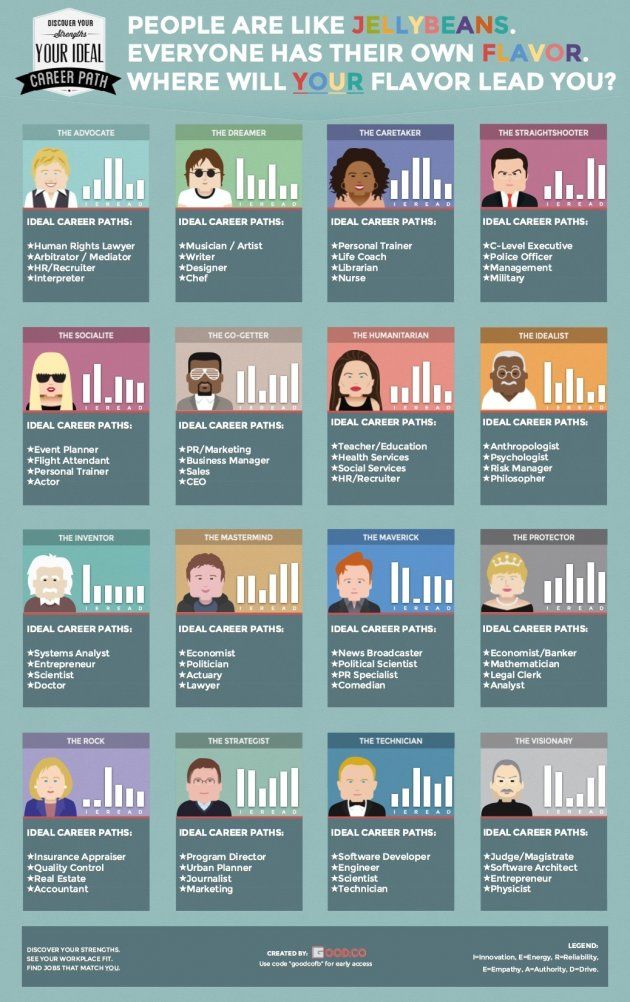
In other cases, the catfisher lacks the self-confidence to openly express himself, but under the guise of a false identity, they feel that they can be who they want to be.
What does it mean to be harassed online? It can be difficult for you to tell when you are being stalked, especially if the scammer's profile is detailed and elaborate. However, if you notice any of the following seven signs, you may be a victim of a catphishing scam.
1. They don't have many friends or followers.
Catfishing accounts often do not have friends or followers. This is due to several different reasons. First, a client is usually created for a specific reason: to go after a specific victim. They can use the account only for this purpose, and use their real social media accounts for more real communication. Therefore, they may not waste time filling their fake account with friends or followers.
Often, in order to make connections on social networks, the user must engage in self-marketing, reach out to others, view messages, like or follow profiles. This can take a significant amount of time, and the catfisher may not have the time or energy to build enough followers to make the account look real.
This can take a significant amount of time, and the catfisher may not have the time or energy to build enough followers to make the account look real.
Another reason is to reduce the chance of you getting caught. The more friends or followers a catfisher has, the more questions can be asked about his personality, profession, or whereabouts. Each request can lead to a miss, so limiting the number of contacts helps reduce the risk to a scammer.
The risk of being detected is also increased if the catfisher has more friends, because accepting the friend request checks the connection established by the social networking site's algorithm. For example, if Facebook recommends someone as a friend, it could be because they live in your area or attended the same school. If the catfisher has only changed his appearance or a few other basic elements of his personality, a person who knows how the suggestion algorithm works can understand that he is not who he claims to be. Thus, the fewer friends a scammer has, the less likely they are to be detected.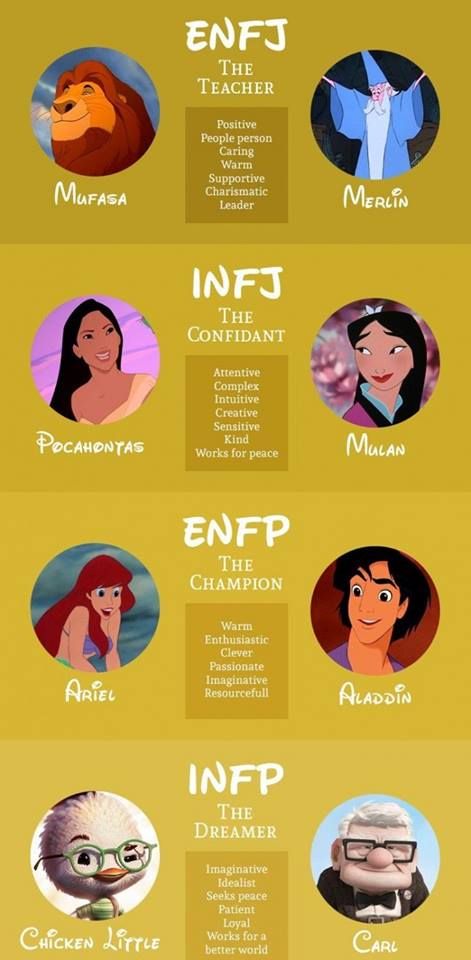
2. They never want to make/video calls
If someone refuses a video chat or phone call, they may be trying to prevent you from seeing what they really look like or hearing how they actually talk. Most of the time, catfishers come up with excuses for why they can't talk or video chat.
For example, every time you make an appointment, something happens, or they say that their schedule is overloaded with meetings. They may also pretend to be ashamed of the way they look because of a serious illness, such as cancer. Another excuse might be that they are traveling or visiting relatives. Regardless of the pretext, repeated rejection of a visual or audio meeting may indicate that they are trying to deceive you.
3. Profile picture stays the same
Since a catfisher only has access to a limited number of fake profile photos of the person whose image he is stealing, he can keep the same profile photo for years.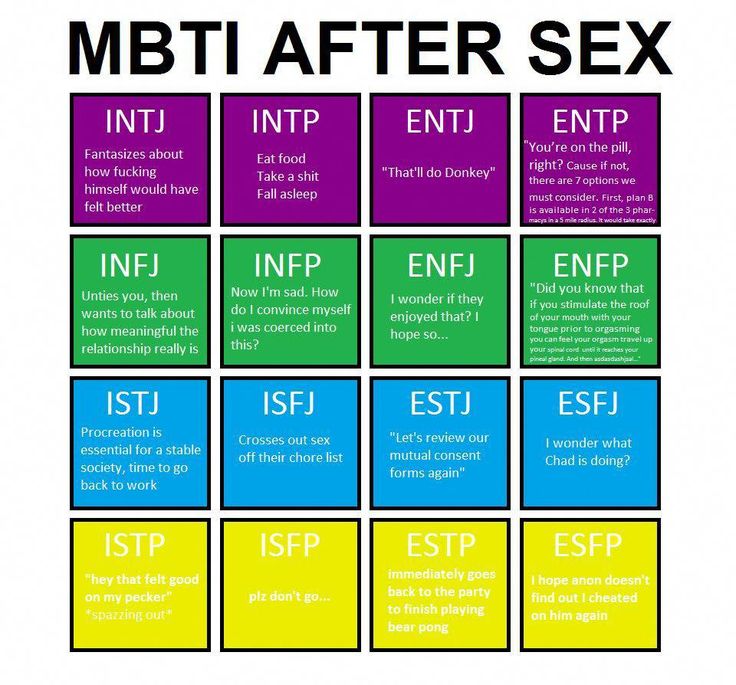 If you notice that a person, for example, is 45 years old, but his profile picture looks closer to 35, he may be falsifying his identity.
If you notice that a person, for example, is 45 years old, but his profile picture looks closer to 35, he may be falsifying his identity.
A Catfisher can get several photos of the same person on the Internet and then post them one after the other as the months or years go by. However, the photos they take are often taken at the same time, which gives the impression that they do not age over time.
4. They avoid meeting
Face to face meeting is a nightmare for catfishers. There is no surer way to compromise their false identity. A scammer who lives near you will be easier to spot if they refuse to meet, no matter how public the intended meeting place is.
If the false friend lives far away, it may be easy for him to repeatedly use this fact as an excuse. In this case, if you have suspicions, you can always offer a video call. If they do not agree to this, then most likely they are trying to deceive you.
5.
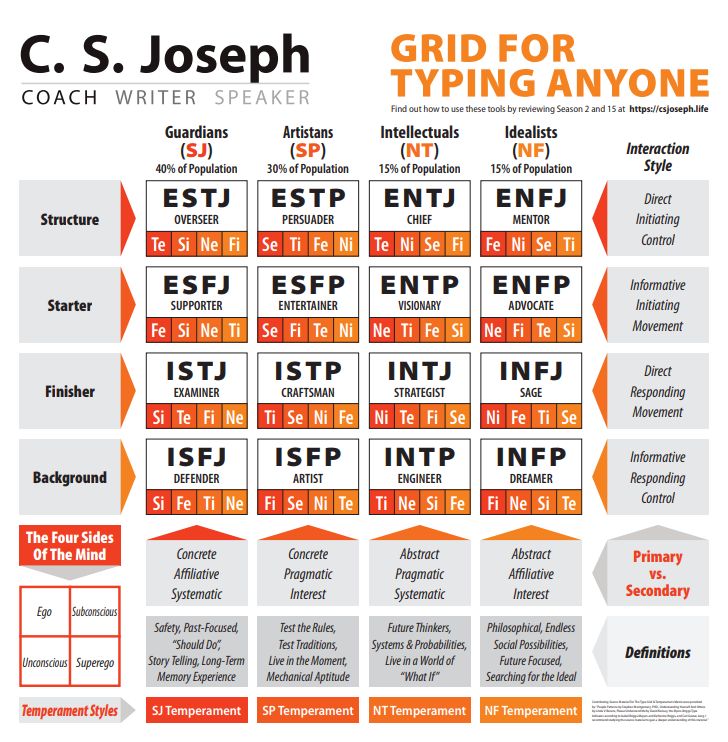 Their stories don't add up
Their stories don't add up Assuming a different personality requires a whole series of flawlessly executed false actions. It is easy for a careless liar to stumble. For example, if someone claims to live in one area of the country, but suddenly finds himself in your area, he may be trying to strengthen his connection with you through a closer “neighborhood”. Sudden changes like this are easy to spot.
In other cases, the scammer may claim to have attended a certain high school or university but know little about the place or institution itself.
6. They ask you for money.
If your alleged scammer is asking for money or a gift, your suspicions are likely correct. Even if you've already established an emotional or business connection with the person, it's best to refuse their request. In general, you should never send money to anyone whose identity you cannot verify.
7. They are on top
If you're talking to someone you've never met and they make overly compelling claims like they love you or want to do some big business with you, they might be catfishing.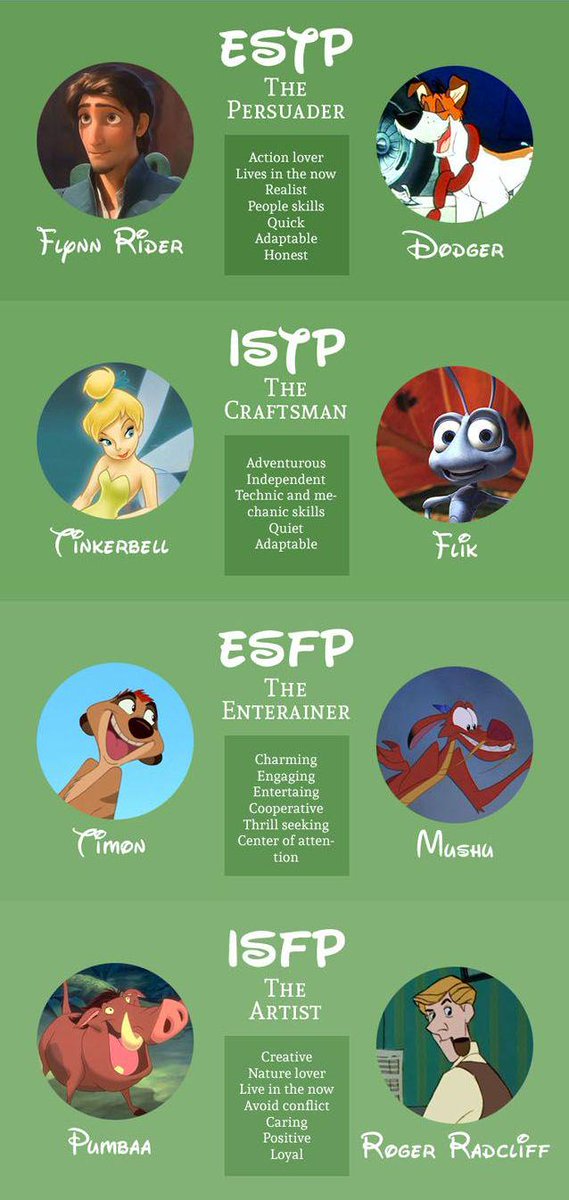 They probably feel that a grand gesture will help win your trust.
They probably feel that a grand gesture will help win your trust.
Addressing these threats requires a proactive approach to security. One such approach is deception technology. Deception technology is a method of identifying villains and their tactics.
Catfishing can be difficult to avoid, but there are many things you can do to avoid being scammed. Always be careful when talking online. The default is not to trust anyone, at least until they have fully earned your trust. Never give money to anyone online unless you are sure who they are.
Don't be afraid to ask questions, even if you seem pushy. If you think something is wrong, talk to someone you trust about it and listen to their opinion on any red flags they notice. Their emotional detachment can provide a clearer perspective.
What does it mean to be catfishing?
Catfishing is when a person takes information and images, usually from other people, and uses them to create a virtual identity for themselves.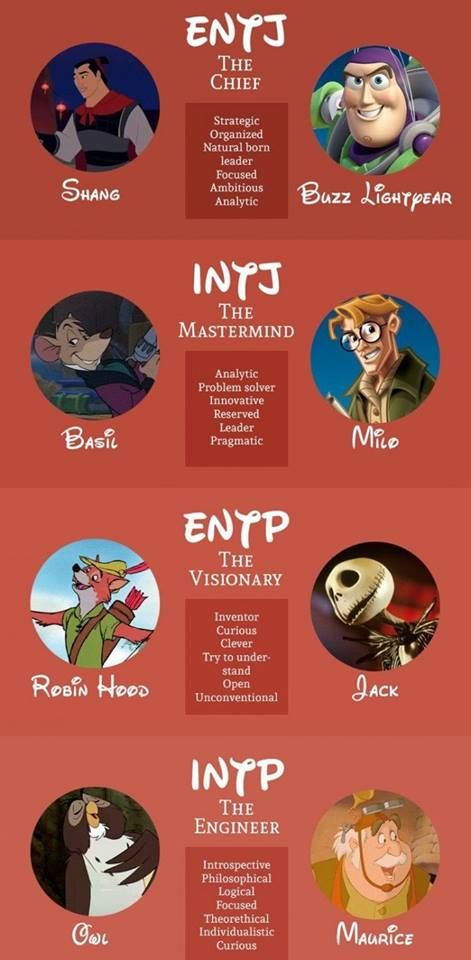
What to do if you have been catfished?
If you have been catfished, you must stop all communication with the scammer, block him from your social media accounts and report him. Also, stop any payments you may have made to them and contact the authorities if you have been defrauded of money or property.
Why do people do catfishing?
People catfish because they have low self-esteem or want to use a false identity to gain someone's trust for the sake of deception. People also do it to ruin someone's reputation or engage in internet harassment.
How do you know if someone is a catfisher?
If someone doesn't want to meet you in person or via video or voice, has a profile picture that rarely or never changes, asks you for money, or has very few friends or followers, they may be an online scammer .
I analyze using the example of the anime "Spy Family" - Anime on DTF
Why Anya, Dusk and Yor are perfect for each other, and what consequences their behavior patterns can lead to.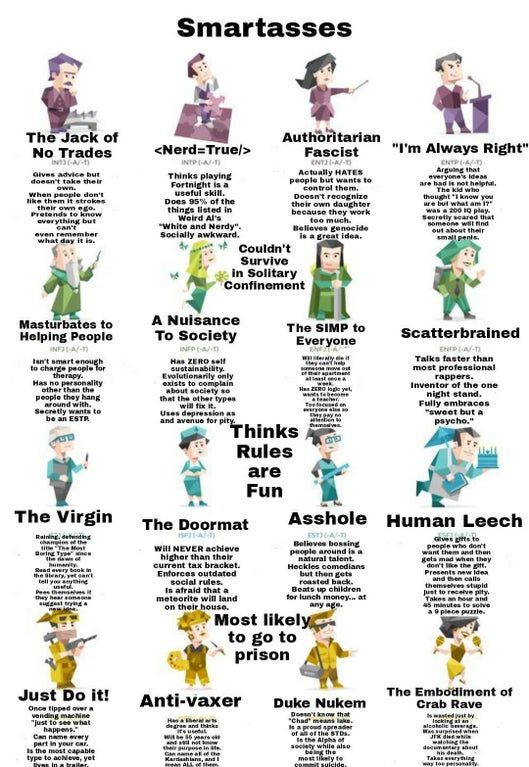
10942 views
“Everyone has a side that he hides from everyone. Not friends, not lovers, not even family. With fake smiles and lies, they hide their real thoughts, their true selves.”
Spy Family is a comedy anime about a secret agent who had to have a fake daughter and a fake wife to complete a special mission. The idea is clear - at first they only portray happiness and love for cover, and then they will fall in love with each other and be truly happy.
I won't go into the originality of the plot or the credibility of the spy episodes. I'm more interested in how this anime showed something that is close to each of us to some extent - living fake lives.
Let's see what is the reason for such a choice for each of the heroes, and how it can be dangerous for each of them. Especially for Anya.
Dusk is an orphan who survived the horrors of war. His motivation for being a spy is a world where babies won't cry anymore. Also avoiding intimacy. If you are alone, you will not lose anyone, which means you will no longer experience pain. He helps save the world, even though he has a little kid inside who still needs help.
This nameless abandoned baby is the only self-position in the family sphere that we know of. And we know very little, please note. Everything else on the screen is given to Twilight - the self-position of a professional spy. We don't even know the real name of this character. The self-position of the baby, I believe, causes too much pain and longing for closeness, therefore it is pushed very far into the corner of the “gloomy” soul and looks out only when the triggers of the image of war appear.
Twilight, on the other hand, is a self-position with an agency reflexive perspective, which is inscribed in a large author's text of the Vestalis intelligence department. Every second of screen time is Twilight, which uses the image of Lloyd Forger as a tool to achieve a clearly defined professional goal.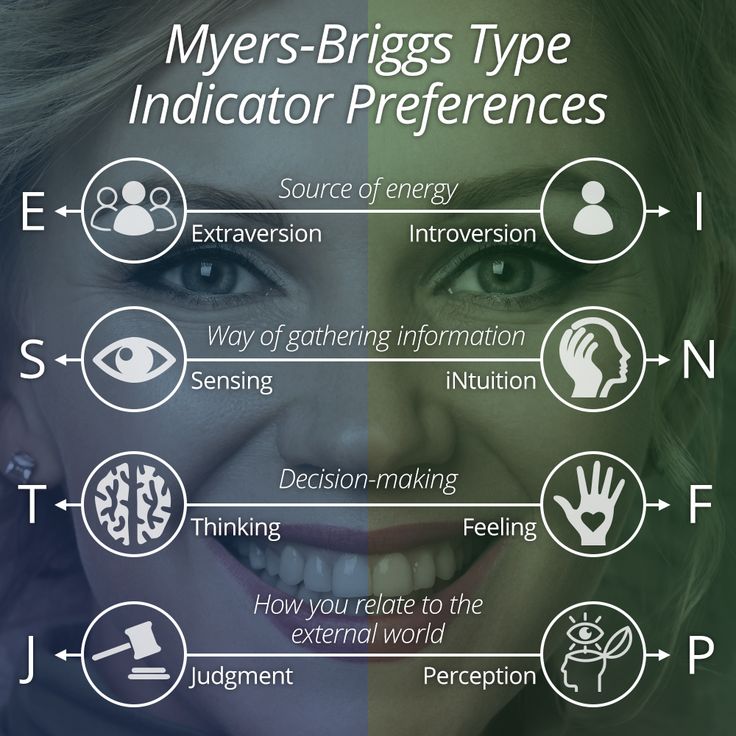 He has no intimacy and unity with either Anya or Yor.
He has no intimacy and unity with either Anya or Yor.
Let's remember the last episode of the first season, when he comes home completely fucked up.
“Now I’ll come home, and there is a fake family. Nowhere for me, a spy, to take a breath"
What we picture as a warm family idyll is the performance of the Twilight for Yor. He does not want to lose this "actor" because she is very comfortable for him for a reason that I will describe below. This person is literally 24/7 at work. In reality, I think he would have fallen ill already in PND with a nervous breakdown and burnout: D However, if you do not take into account this fantastic assumption, mentally the Twilight is completely normal.
However, in the future, if he does not die before retirement, he may commit suicide in old age. Twilight is his central and only I-position, from which he communicates with this world. If he loses that platform when he retires, all he's left with is that little kid who's scared, alone, and unfit for life.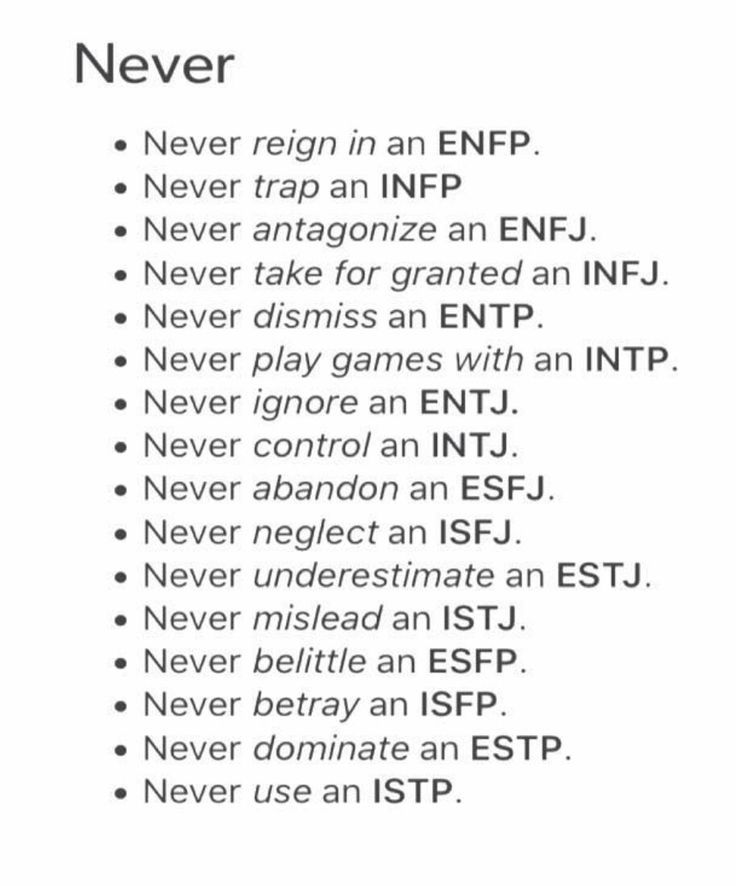 Without alternative "adult" self-positions, he will quickly lose the meaning of life.
Without alternative "adult" self-positions, he will quickly lose the meaning of life.
Some viewers may think Dusk is paranoid, but I don't see any signs of a personality disorder here. Yes, he is always suspicious of everyone. But not without reason. He reads certain signals, puts forward hypotheses, then checks them, and only then draws conclusions.
This is not paranoia, but an excellent skill to check incoming information. And yet he is a spy. He has such a profession - to suspect everyone and trust no one. If you still have suspicions that Dusk has a paranoid personality disorder, then you can look at his description in ICD-10 / F60.0 - nothing to do with our hero. But whoever has problems is Yor.
I don't think the mangaka deliberately gave Yor the symptoms of a mental disorder, but her behavior is very similar to Asperger's. This is an autism spectrum disorder that people often think of as a "childhood" illness that goes away as you get older.
Probably, such an idea has developed due to the fact that people with this syndrome manage to mimic in society without arousing any suspicion.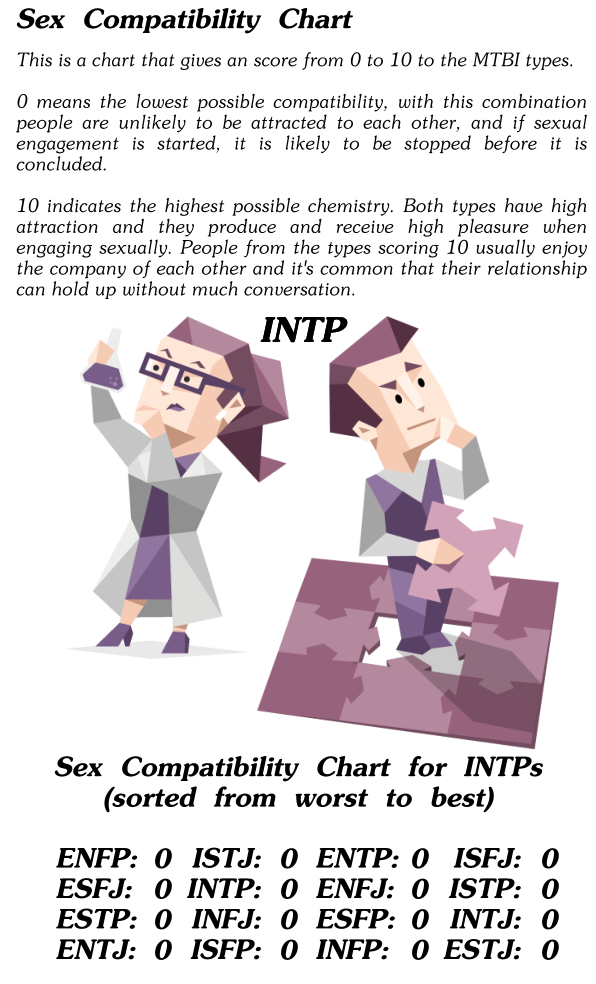 Others may not even realize that there is a person with Asperger's syndrome in their environment. Yes, and they themselves sometimes do not know about it - I read about cases when this diagnosis was made in people after they came of age.
Others may not even realize that there is a person with Asperger's syndrome in their environment. Yes, and they themselves sometimes do not know about it - I read about cases when this diagnosis was made in people after they came of age.
Aspies have difficulty communicating, feel "different", react inappropriately and clumsily to certain situations, and lack a sense of humor. We see all this literally at the first acquaintance with Yor.
Dear readers, please do not diagnose yourself on the basis of what is written in this long read and even on the basis of the ICD-10) We are all often detached, do not understand other people's jokes or feel "not like everyone else." But this by no means means that we all have ASD. I beg you not to engage in self-diagnosis and sticking labels to yourself or others at home :) If you have questions about your condition, look for an answer from a psychiatrist or neurologist, but not on the Internet.
People around perceive these people simply as mysterious, but nothing more.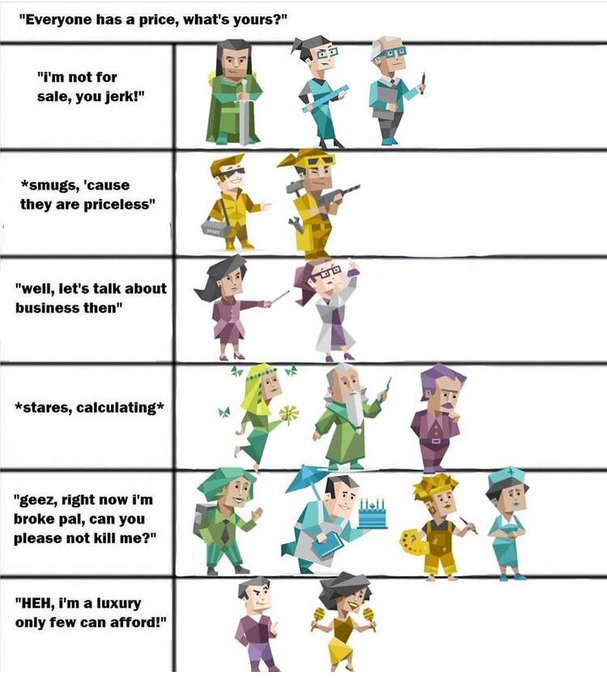 This is a special version of the norm. The aspie has a completely intact intelligence, sometimes even super-developed. The people around Yor in general have no reason to suspect her of any disorder: she successfully copies and follows the rules of behavior in society, her speech is simple and, due to the type of activity, cannot be saturated with misused terms. Therefore, for them, she is simply “closed” and “a little strange.”
This is a special version of the norm. The aspie has a completely intact intelligence, sometimes even super-developed. The people around Yor in general have no reason to suspect her of any disorder: she successfully copies and follows the rules of behavior in society, her speech is simple and, due to the type of activity, cannot be saturated with misused terms. Therefore, for them, she is simply “closed” and “a little strange.”
Aspie has problems with theory of mind. It is our ability to recognize and take into account the mental states of other people when making decisions. Hints, sarcasm, facial expressions of people, and so on are often misread aspies. However, due to their high intelligence, they can remember how people usually behave in a given situation, and reproduce it. They have difficulty recognizing lies. Therefore, Lloyd simply needs to convince Yor that violent patients are chasing him with knives and pistols, whom he treats with a concussion)
“I don’t understand: either she’s smart, or she doesn’t shine with her mind”
An aspie's alien mind is unreachable, making them naive and easily suggestible, making it difficult for them to recognize manipulation.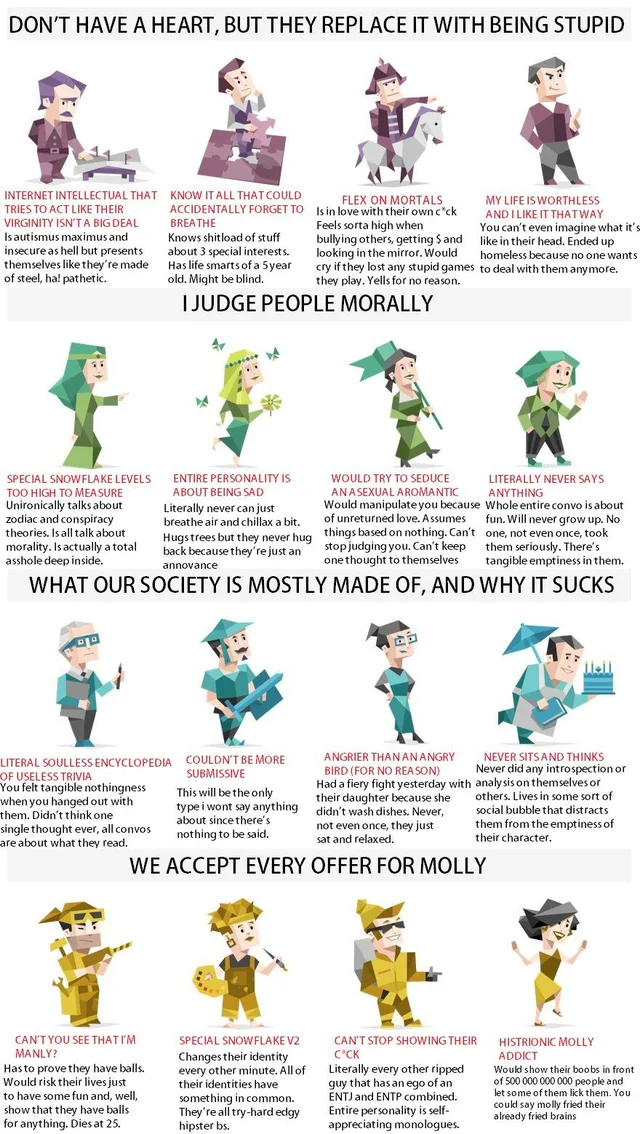 When you consider that Yor became a hitman at a very young age, and add in Asperger's syndrome, it becomes clear how she was recruited, and why she is still in the ranks of hitmen.
When you consider that Yor became a hitman at a very young age, and add in Asperger's syndrome, it becomes clear how she was recruited, and why she is still in the ranks of hitmen.
When she and Yuri were little, they lost their parents - "agents" who were supposed to take care of them and tell them what is normal and what is not. However, after their death, Yor was inscribed in the text of the organized crime group "Garden" and since then Yor has ceased to be. She became the Princess of Thorns, who only uses Yor as a facade.
An aspie has a high enough intelligence to master any profession. But it is precisely the difficulties with communication that make it impossible to realize oneself in specialties of the “man-to-man” type. Therefore, Yor is still a killer and uses his job at the mayor's office as a cover, where he communicates with a very narrow circle of people.
I don't see any other pathologies in her except for the syndrome. Yes, even taking into account the fact that her first idea of solving any problem is related to killing the source of the problem: D In my opinion, this artistic technique just shows us once again that the Princess of Thorns is the central self-position, but in a different She doesn't know how to solve problems.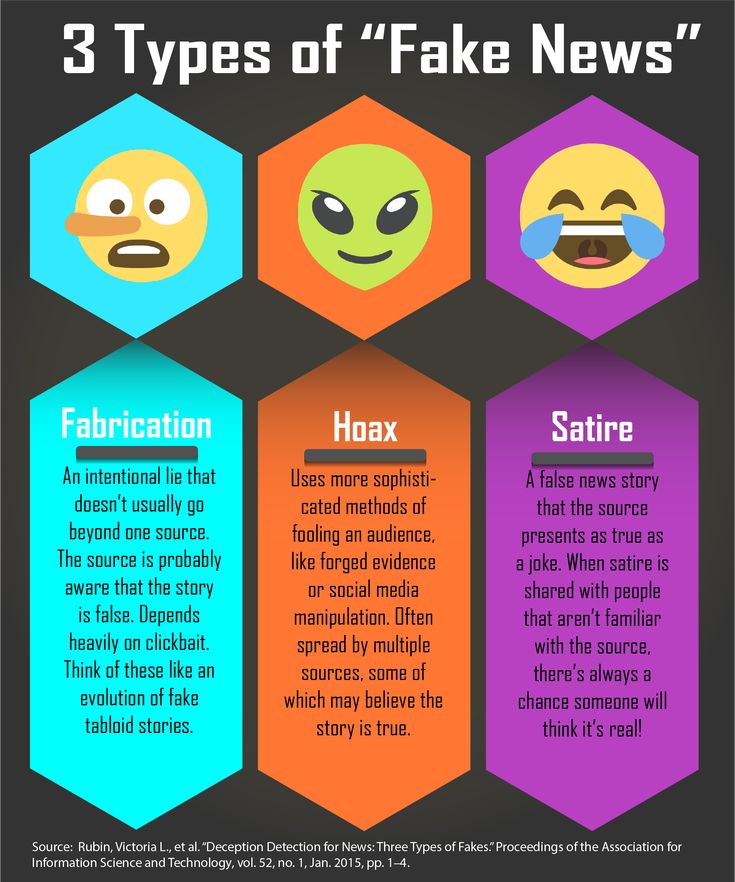
However, with this syndrome, she will need to fit into someone else's text. Surely the mangaka leads to the fact that their family will become real. For Yor, this is a great option, as she will continue to play the role that Lloyd prescribed for her.
As for Anya, she is a blank sheet on which Yor and Twilight draw without hesitation what they need at the moment to cover their professional needs. Her psychic abilities can be read as a metaphor for the behavior of a child who was taken from an orphanage. "I will try to read your mind and be good, just love me and don't give me back."
Surely you have met people in your life who, as adults, do far from what they want, just not to upset their mother. Or mothers who send their children to hellish circles and sections, depriving them of their childhood, just to realize their own ambitions. These are unfortunate people: some use children as a tool to achieve their own goals, while others are forced to read the smallest changes in the parent's facial expressions in order not to lose approval and "love".